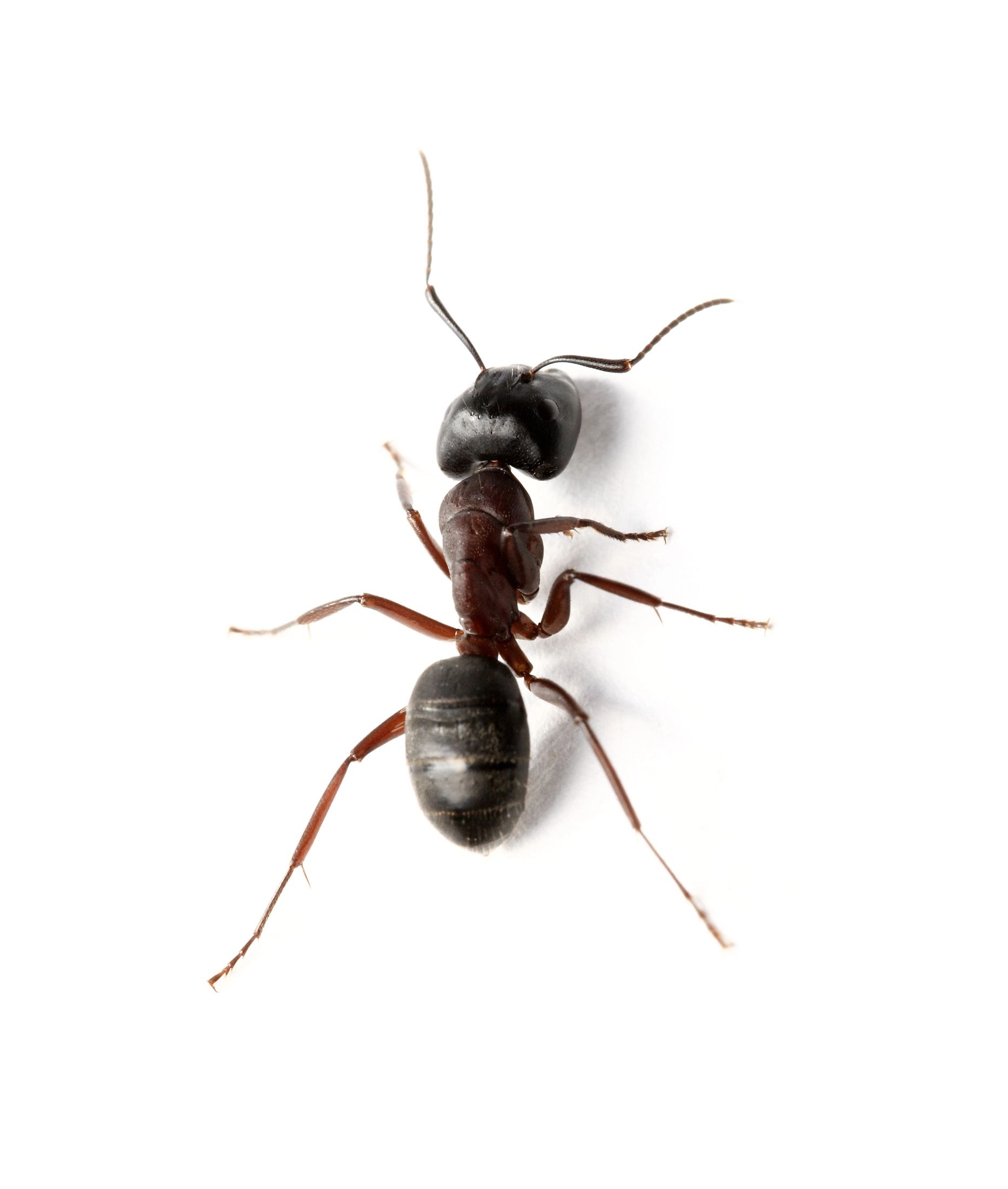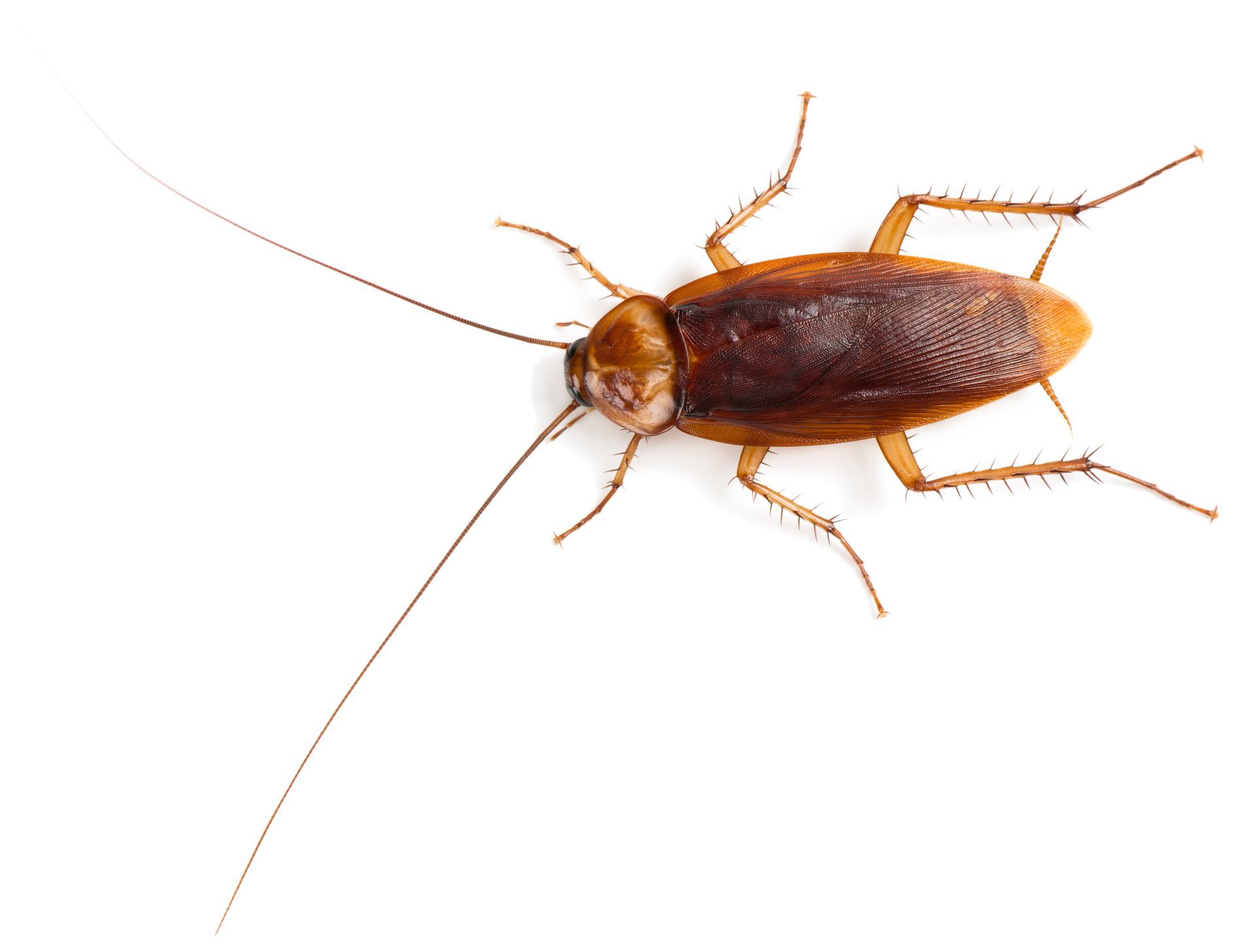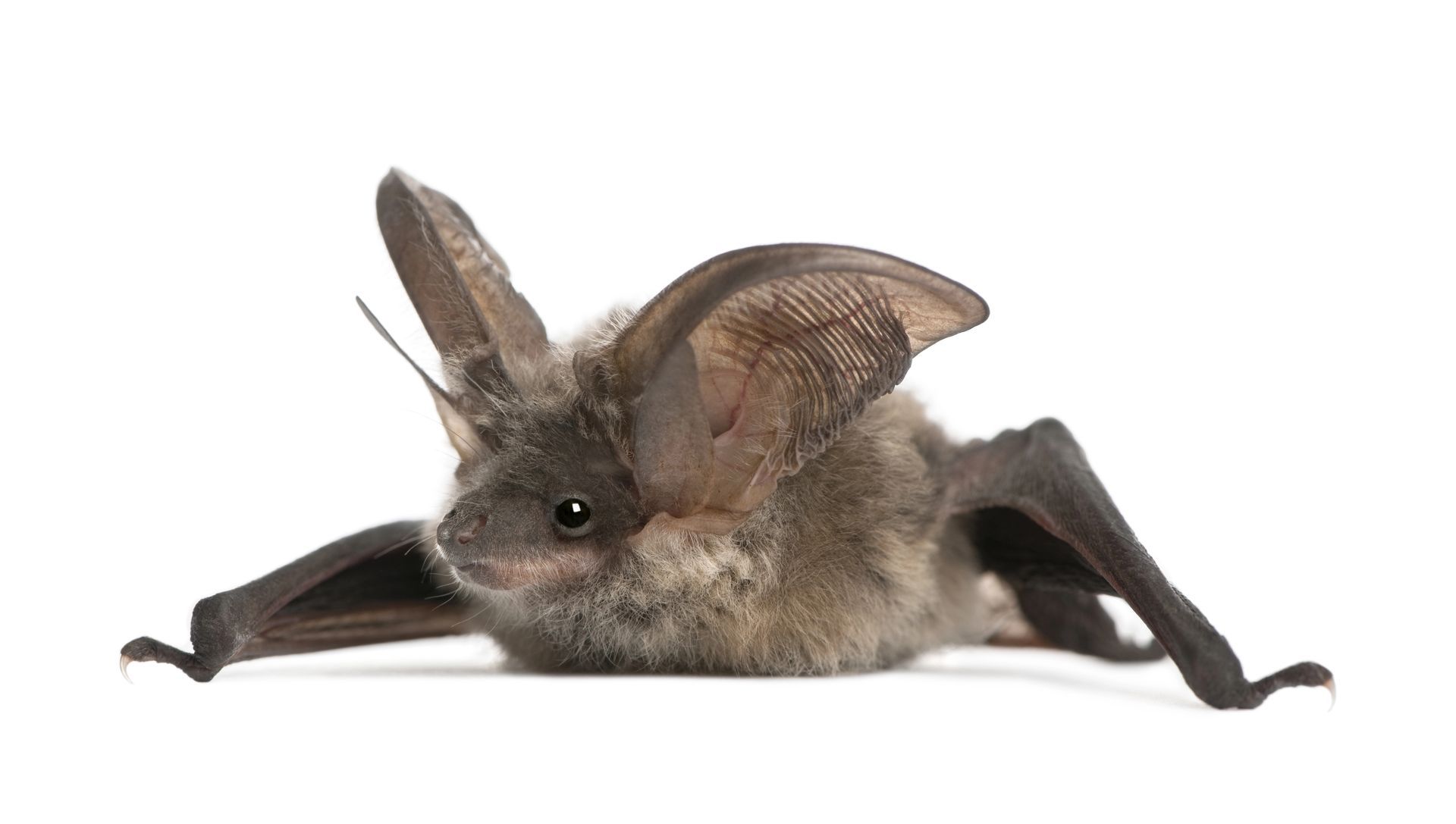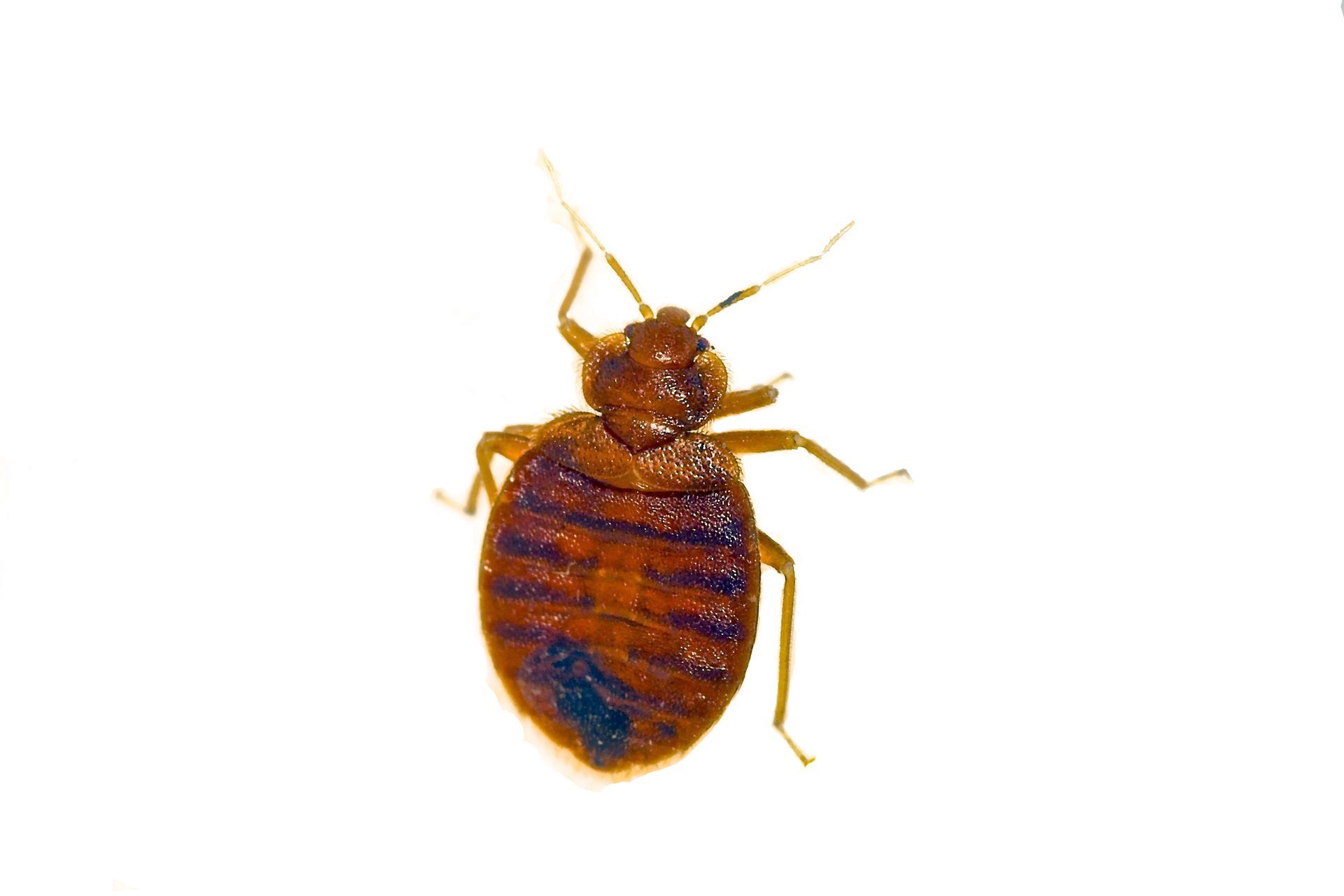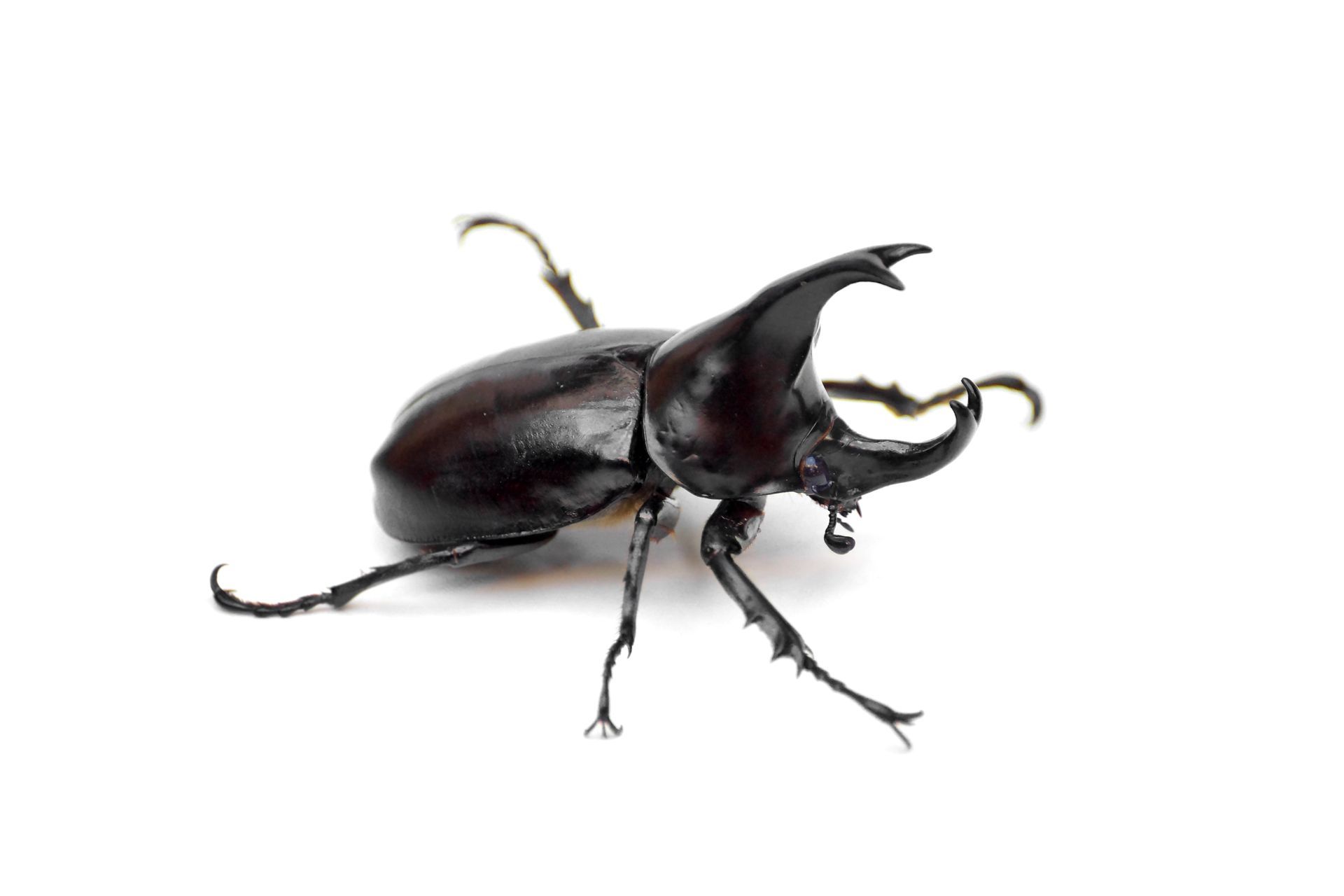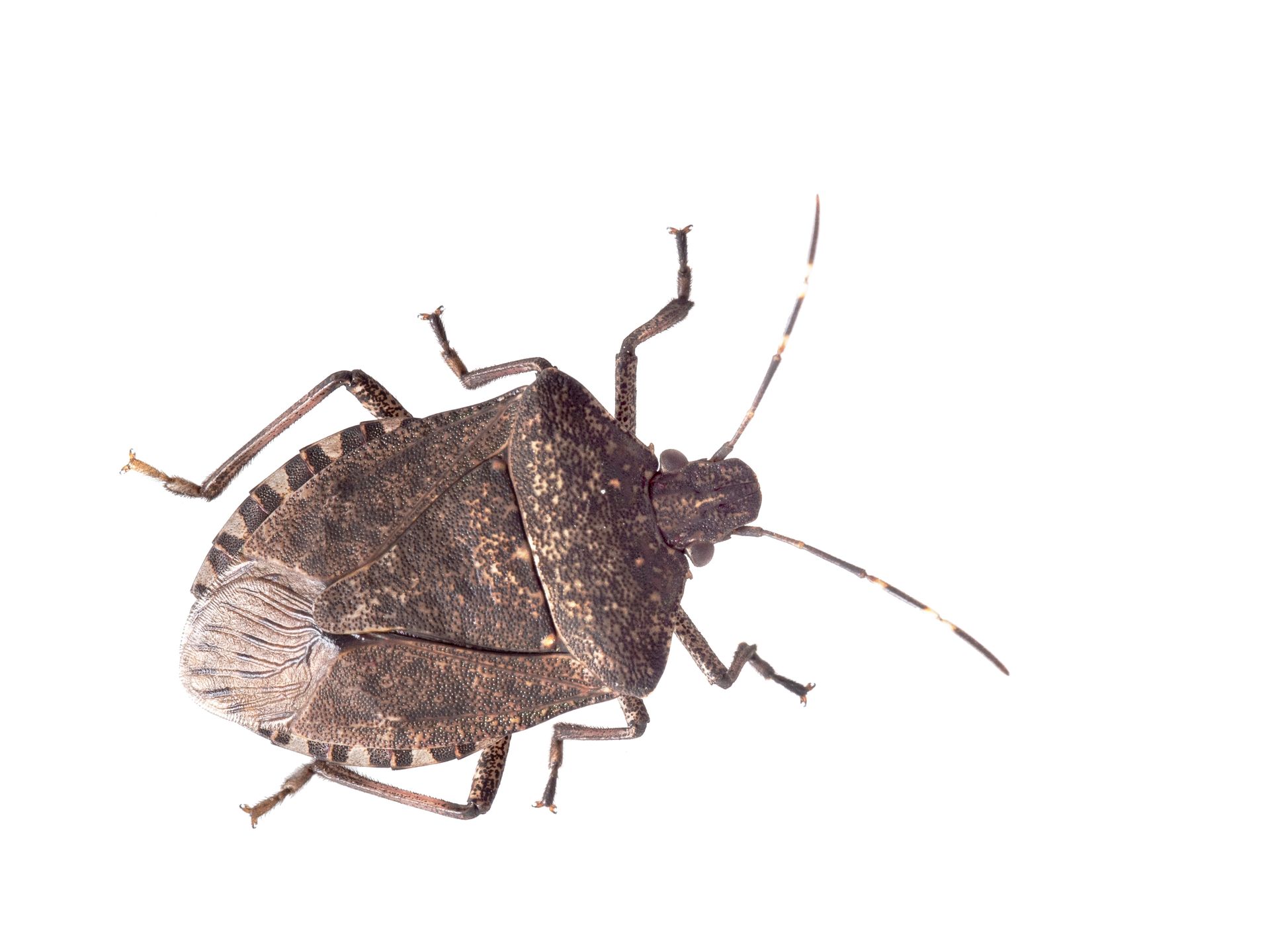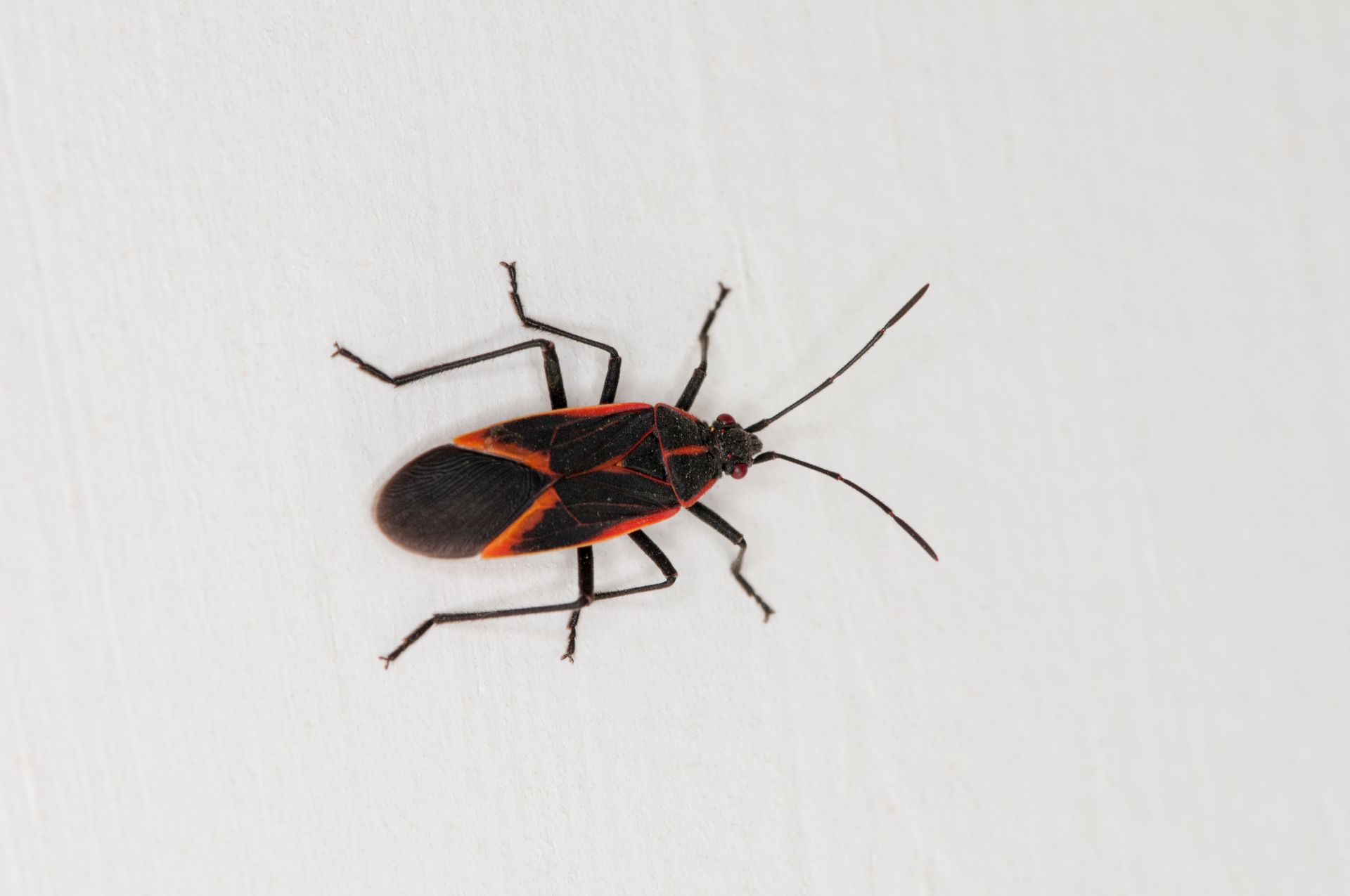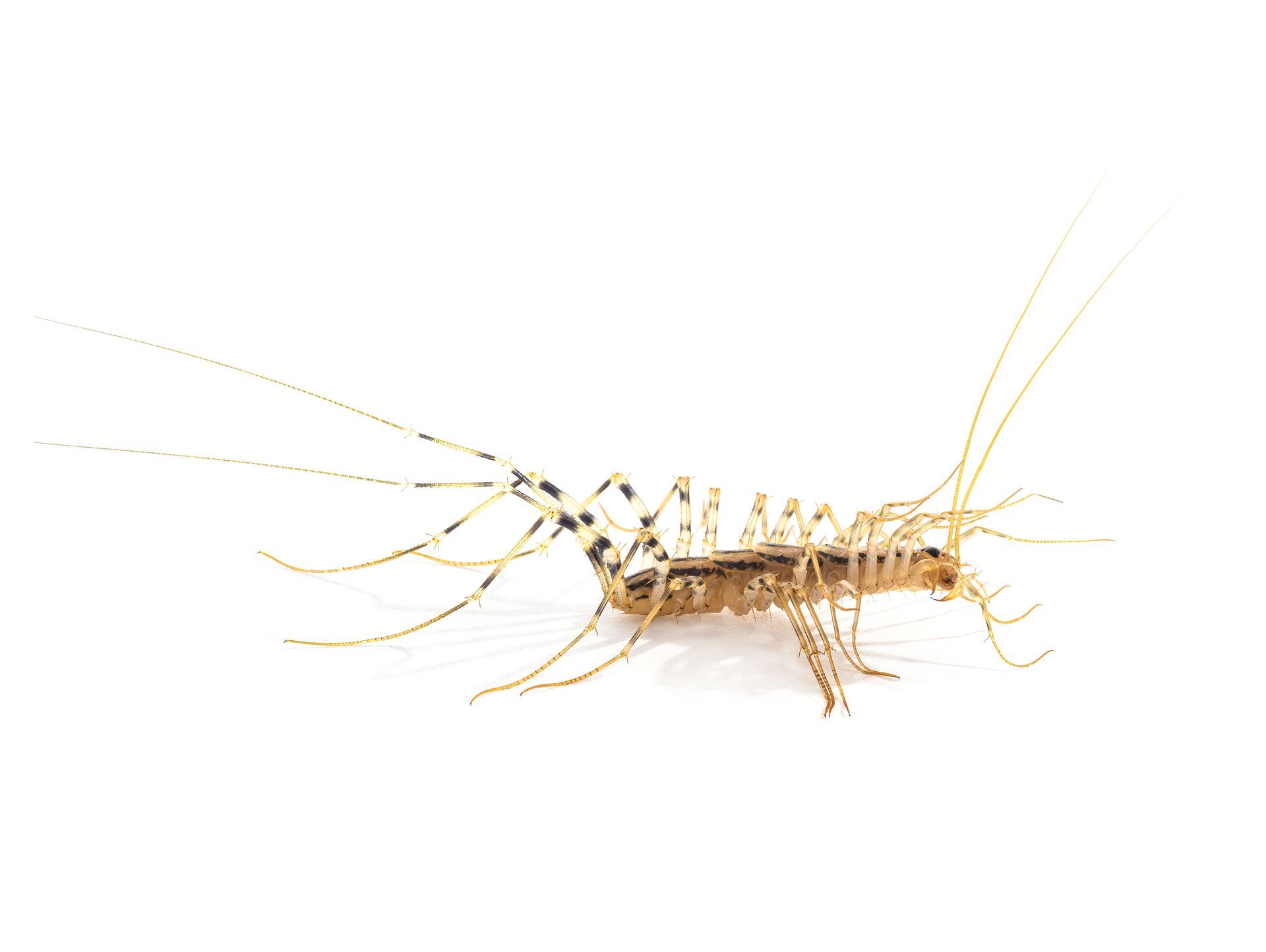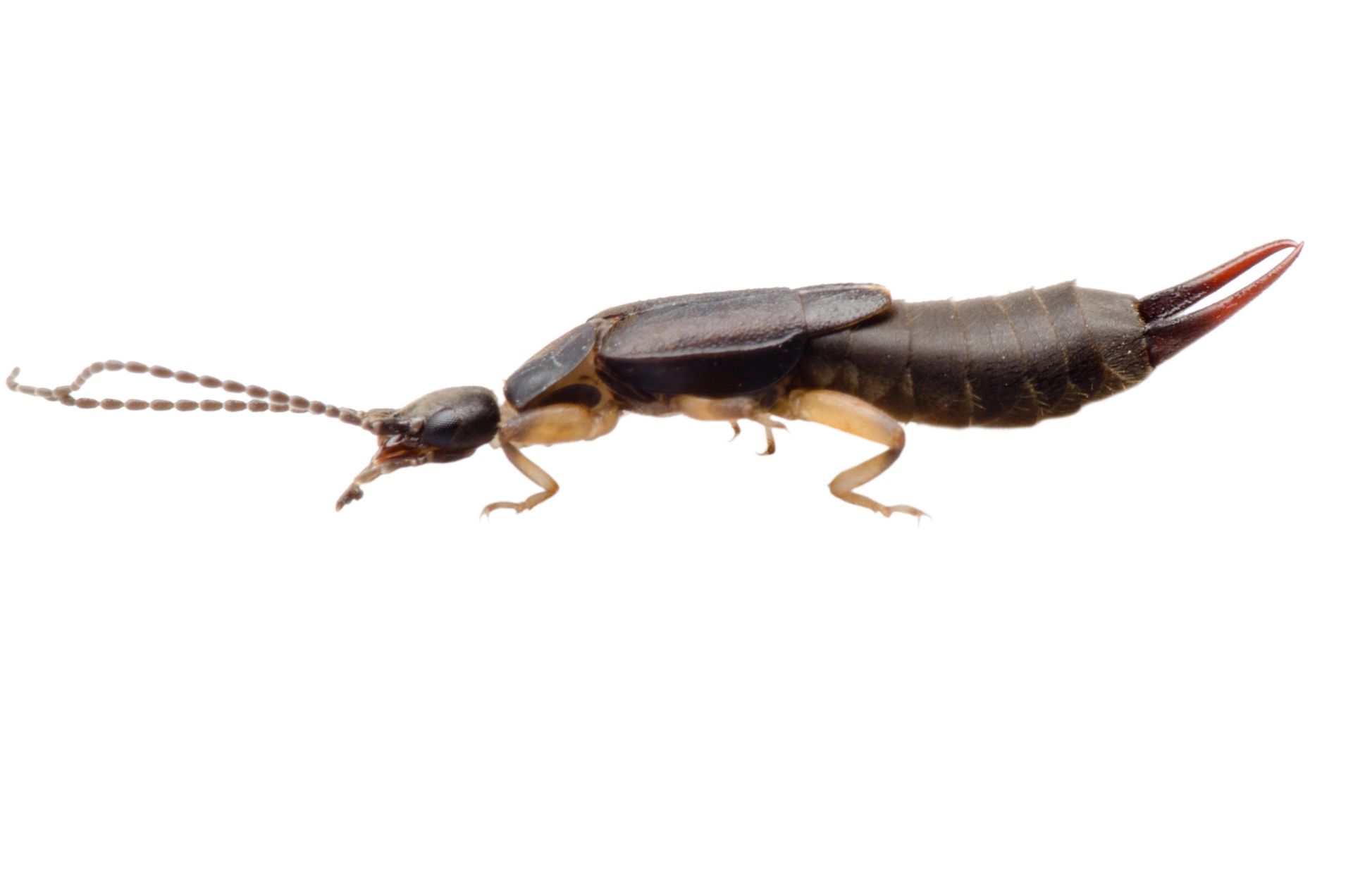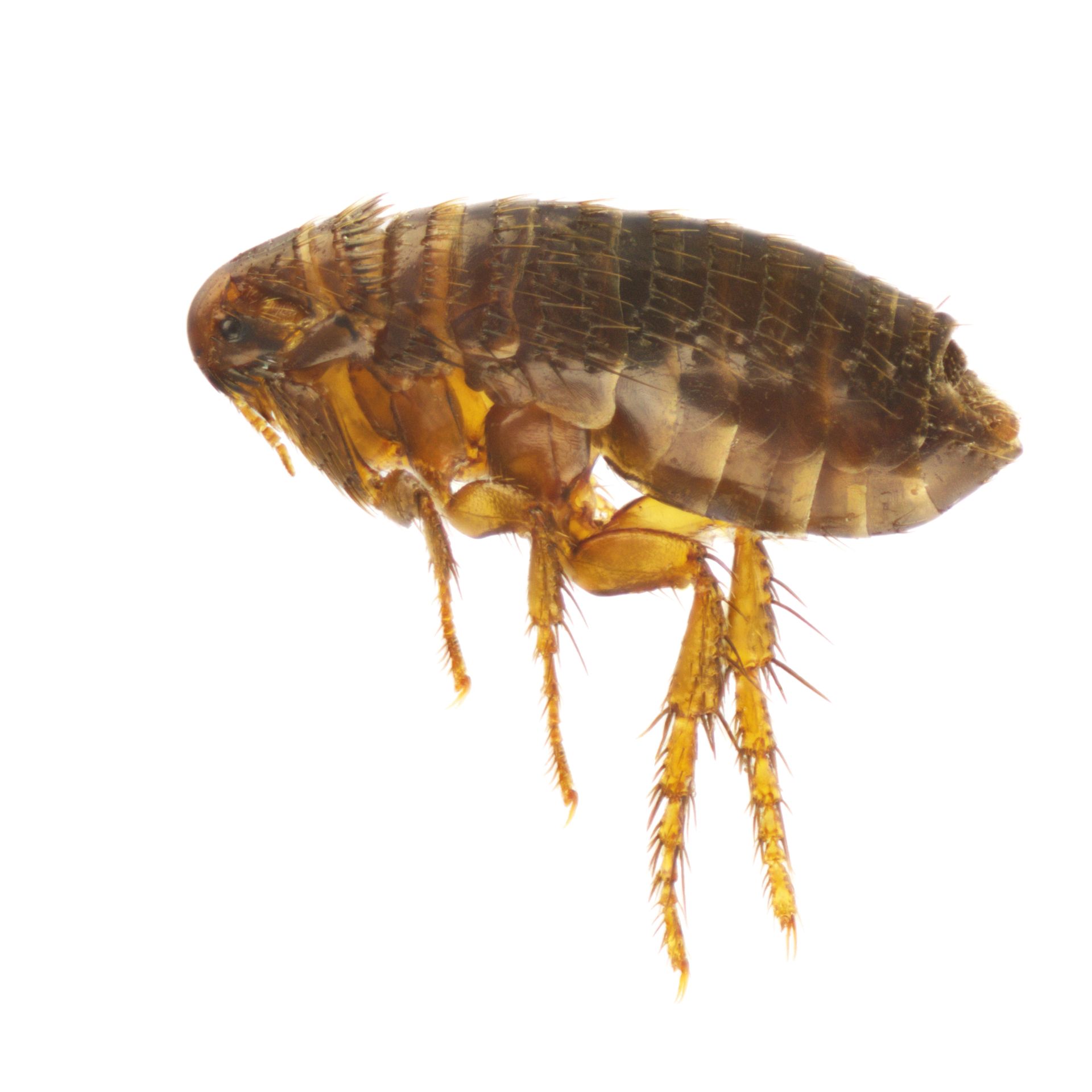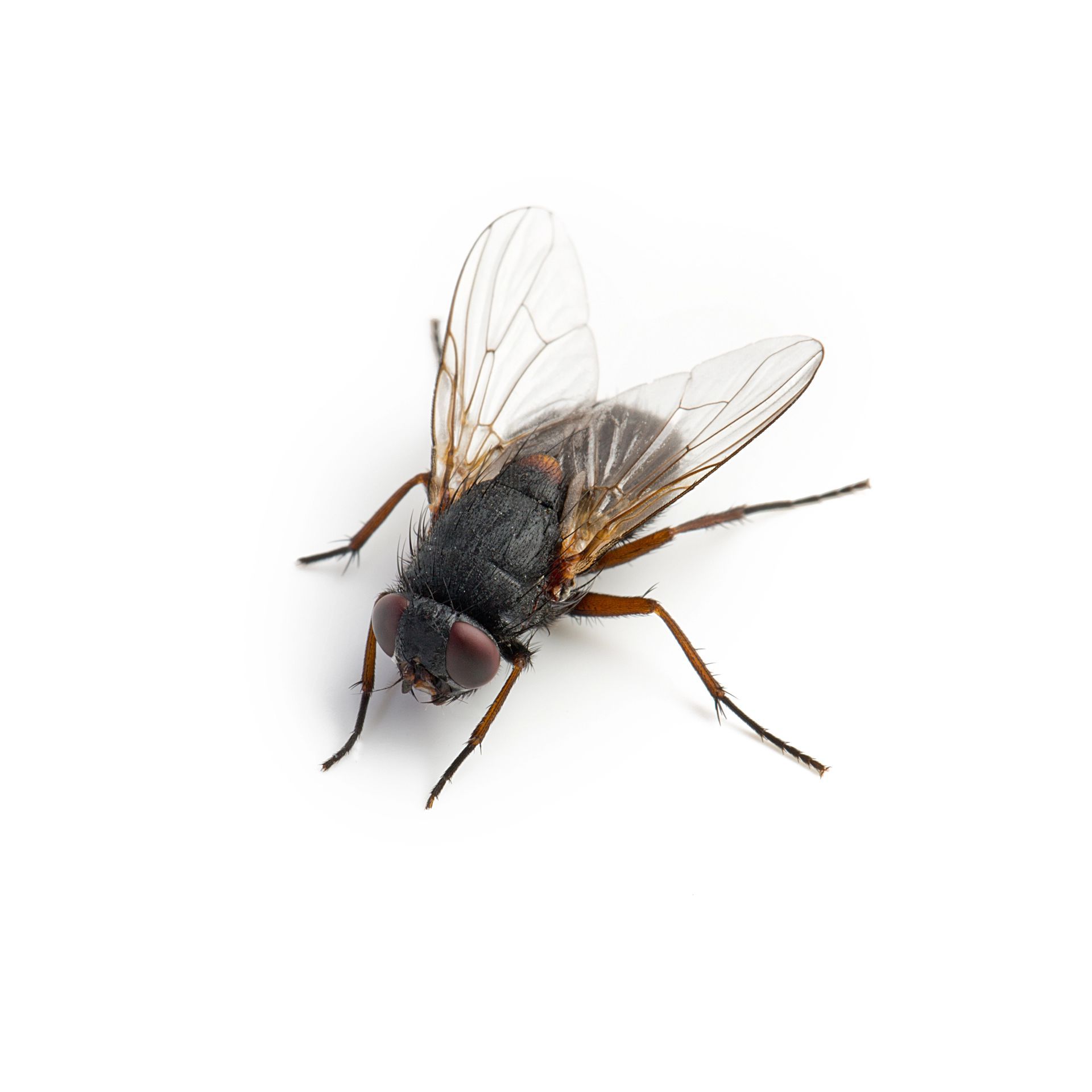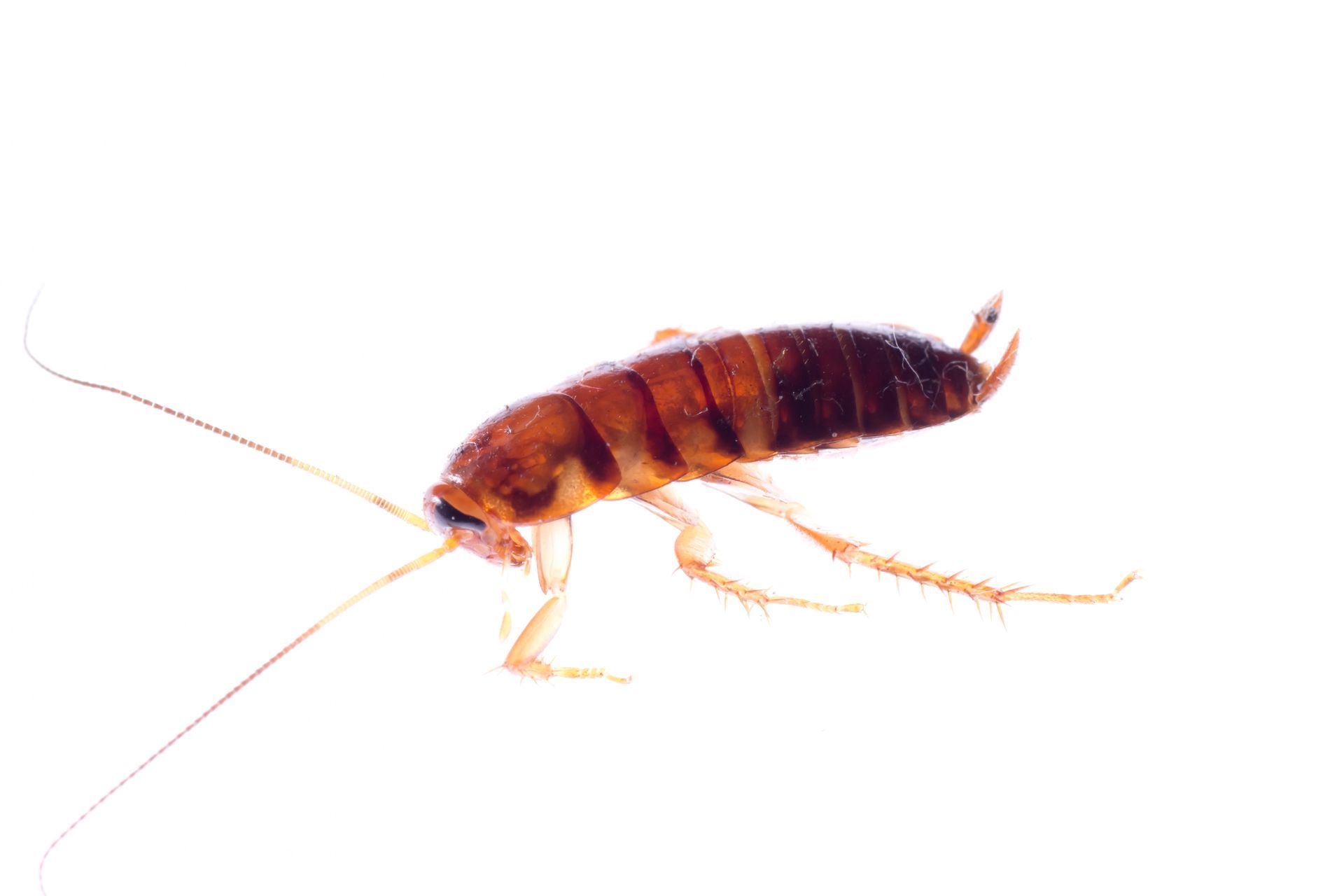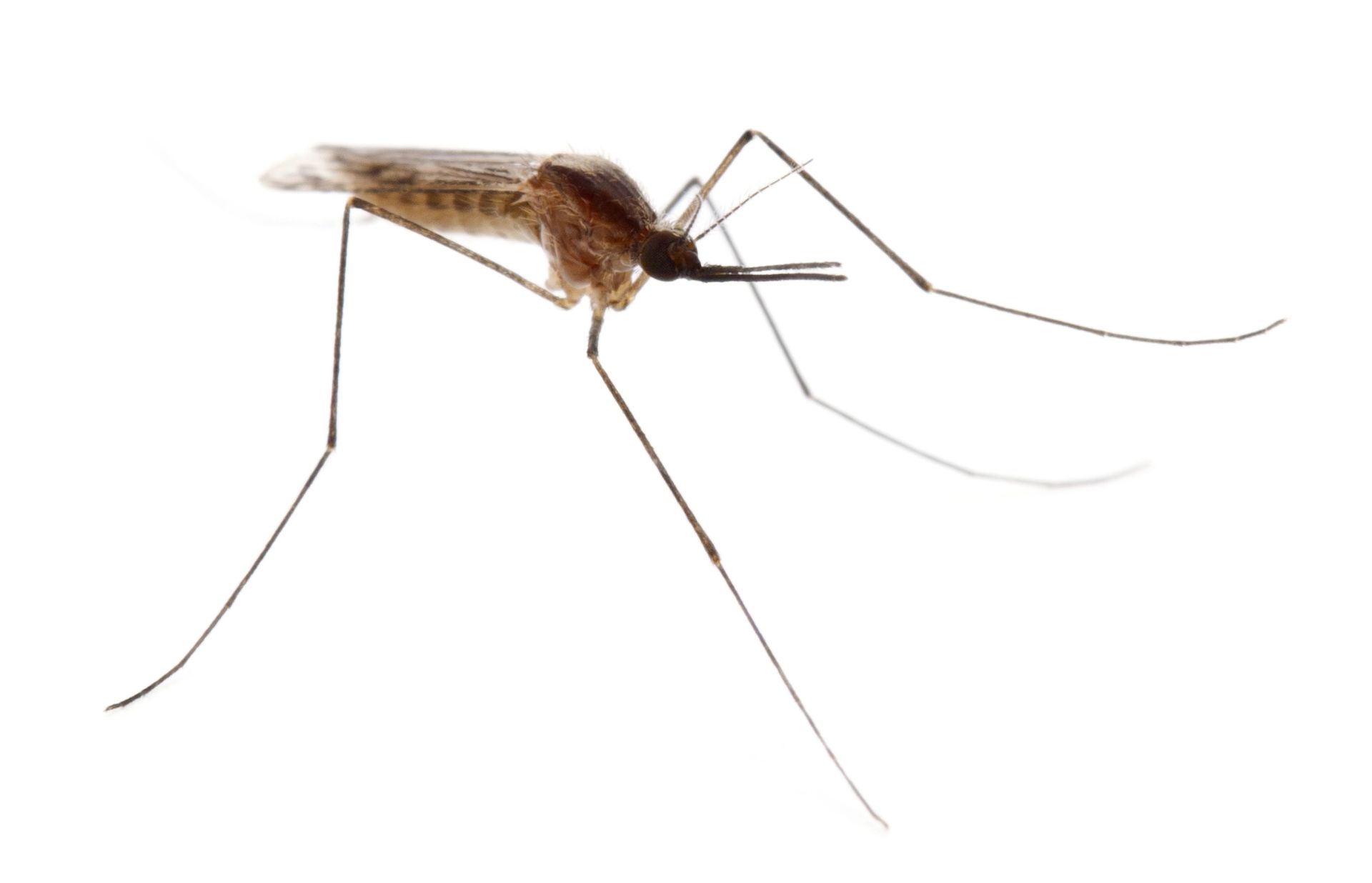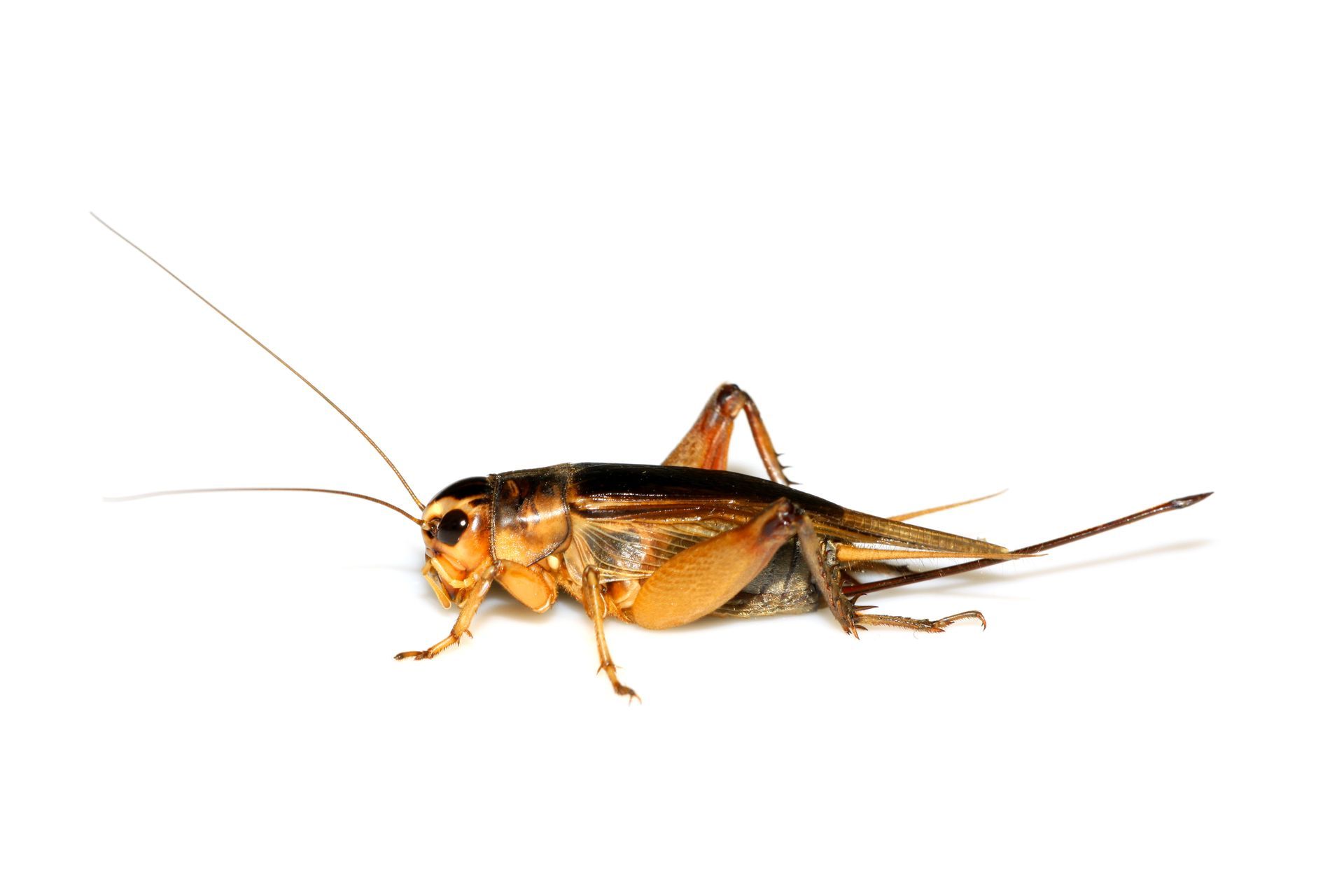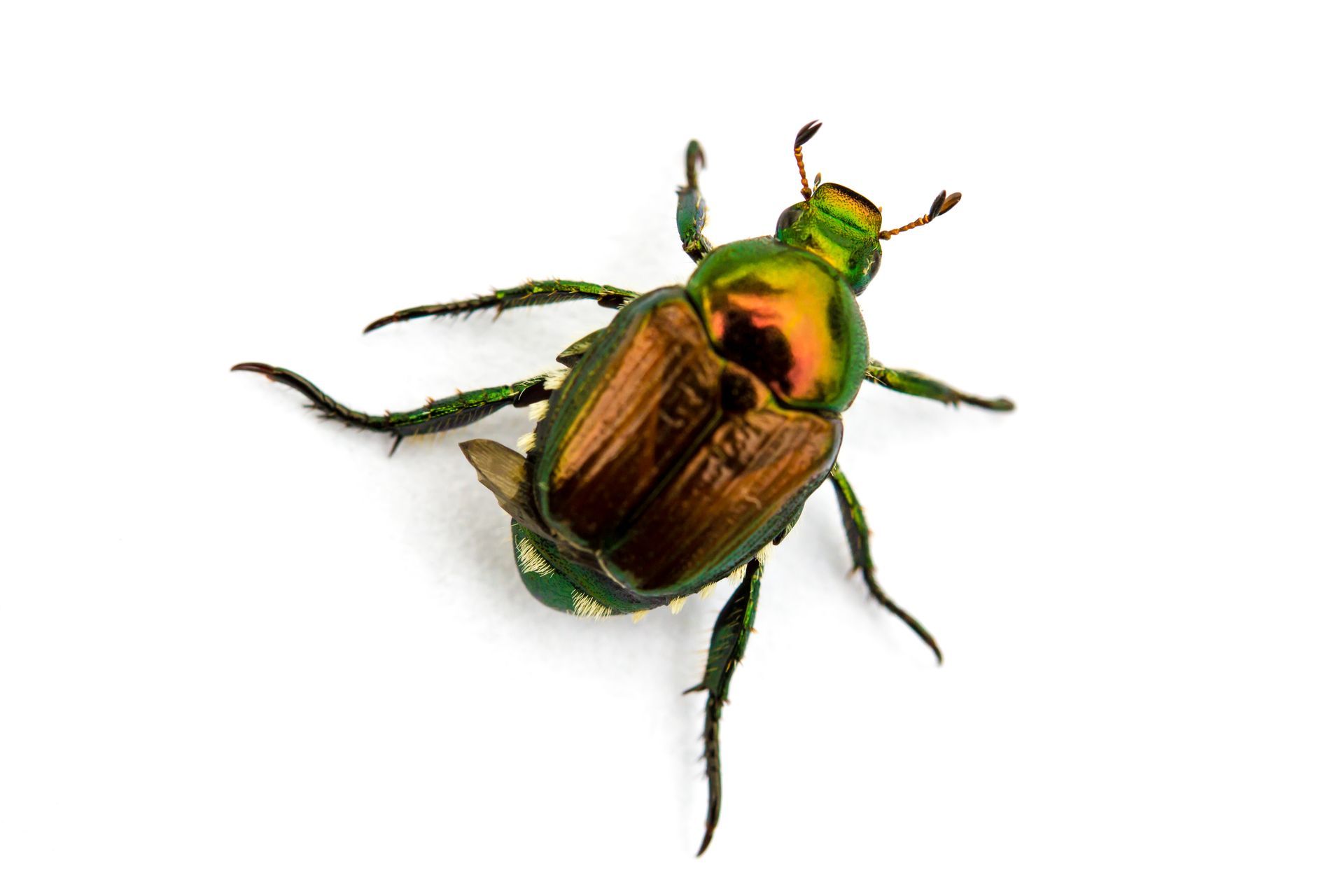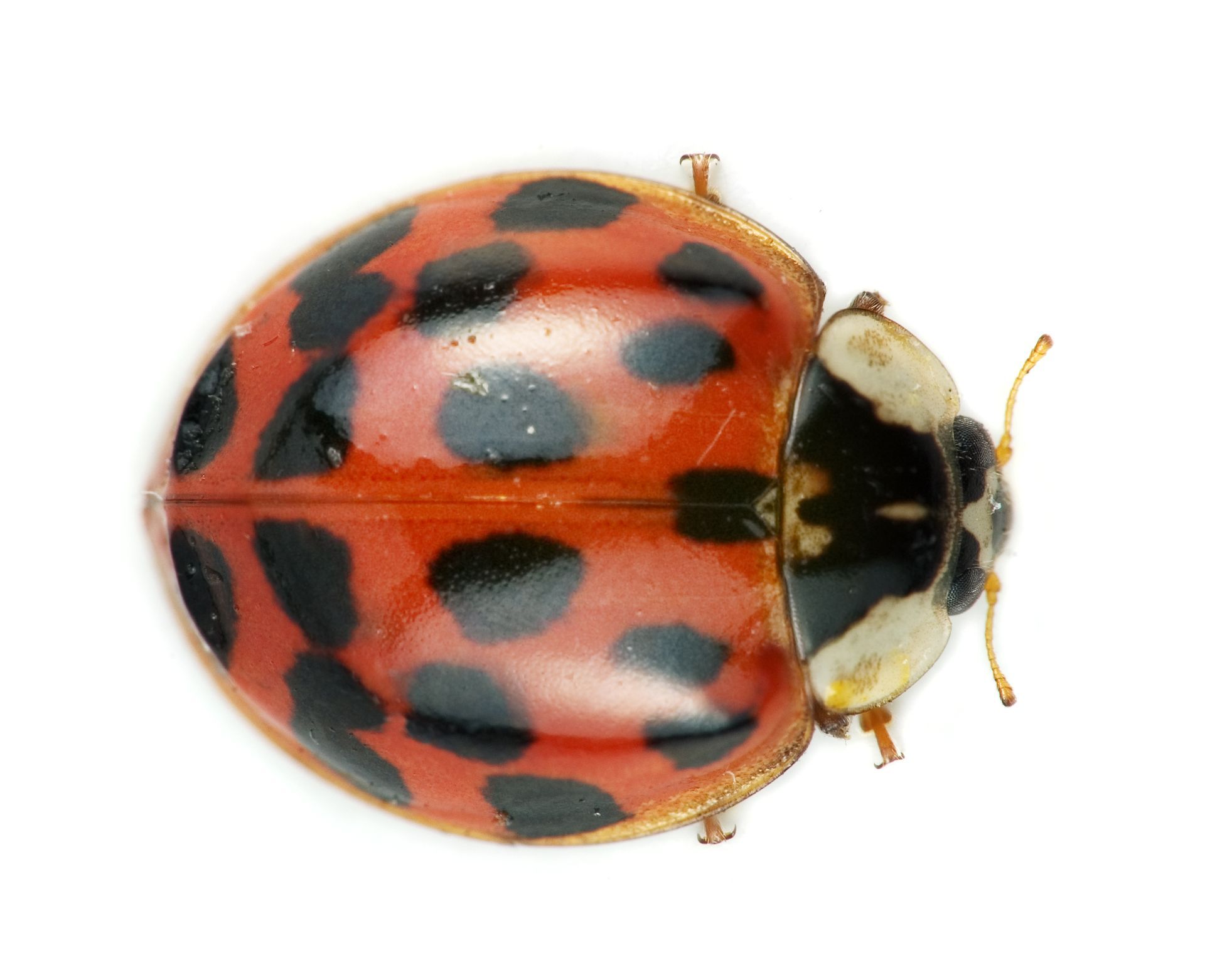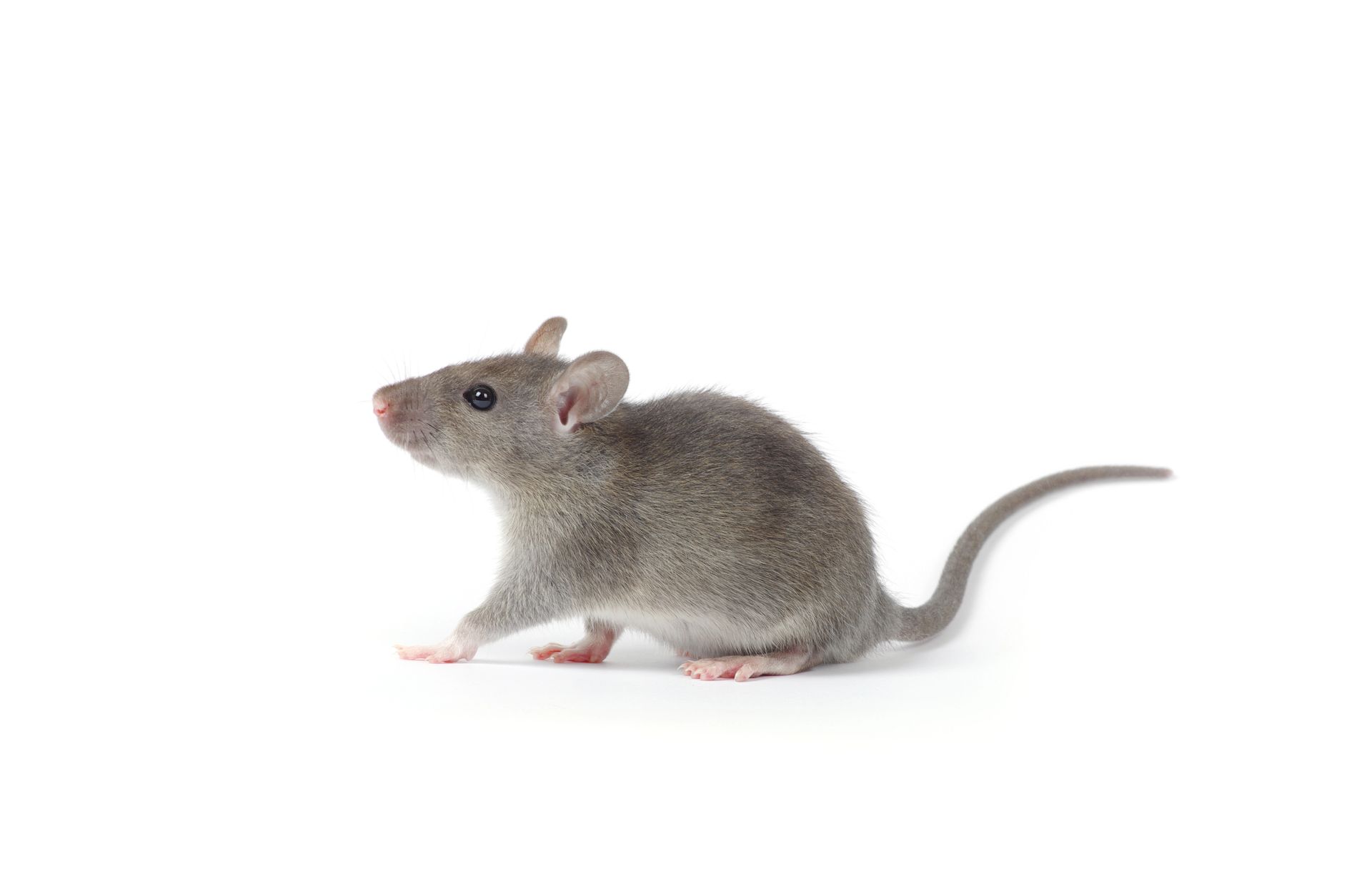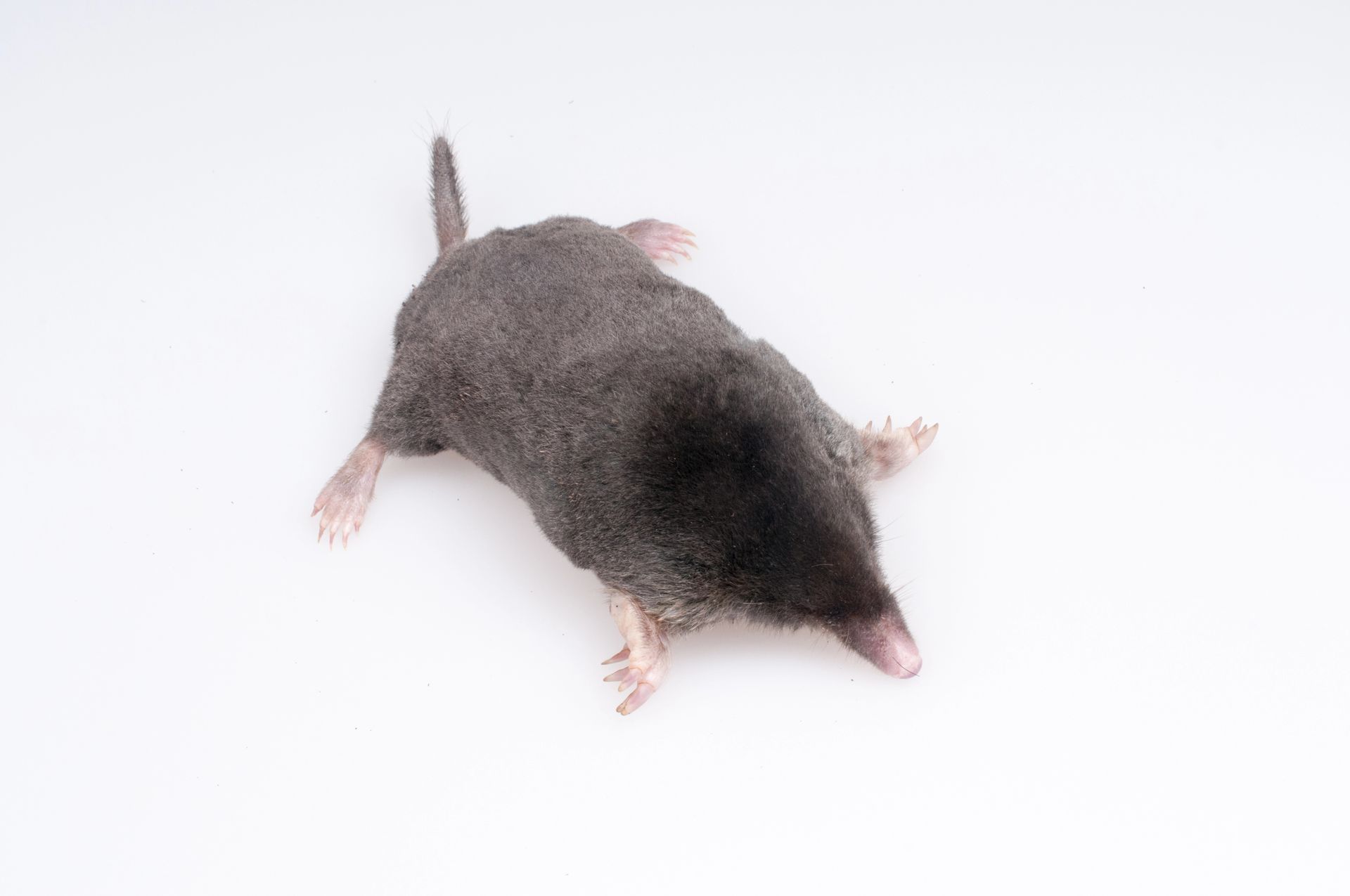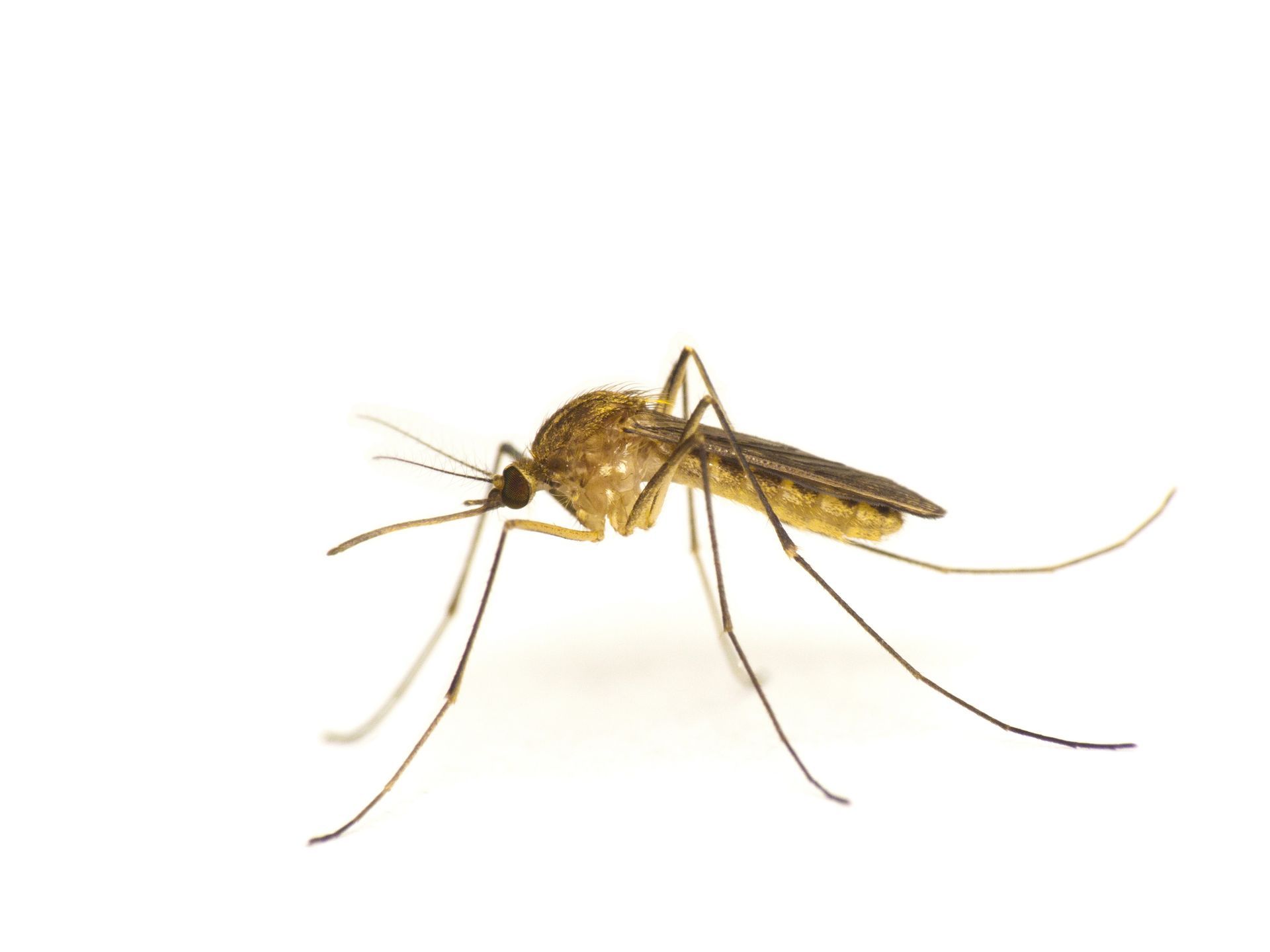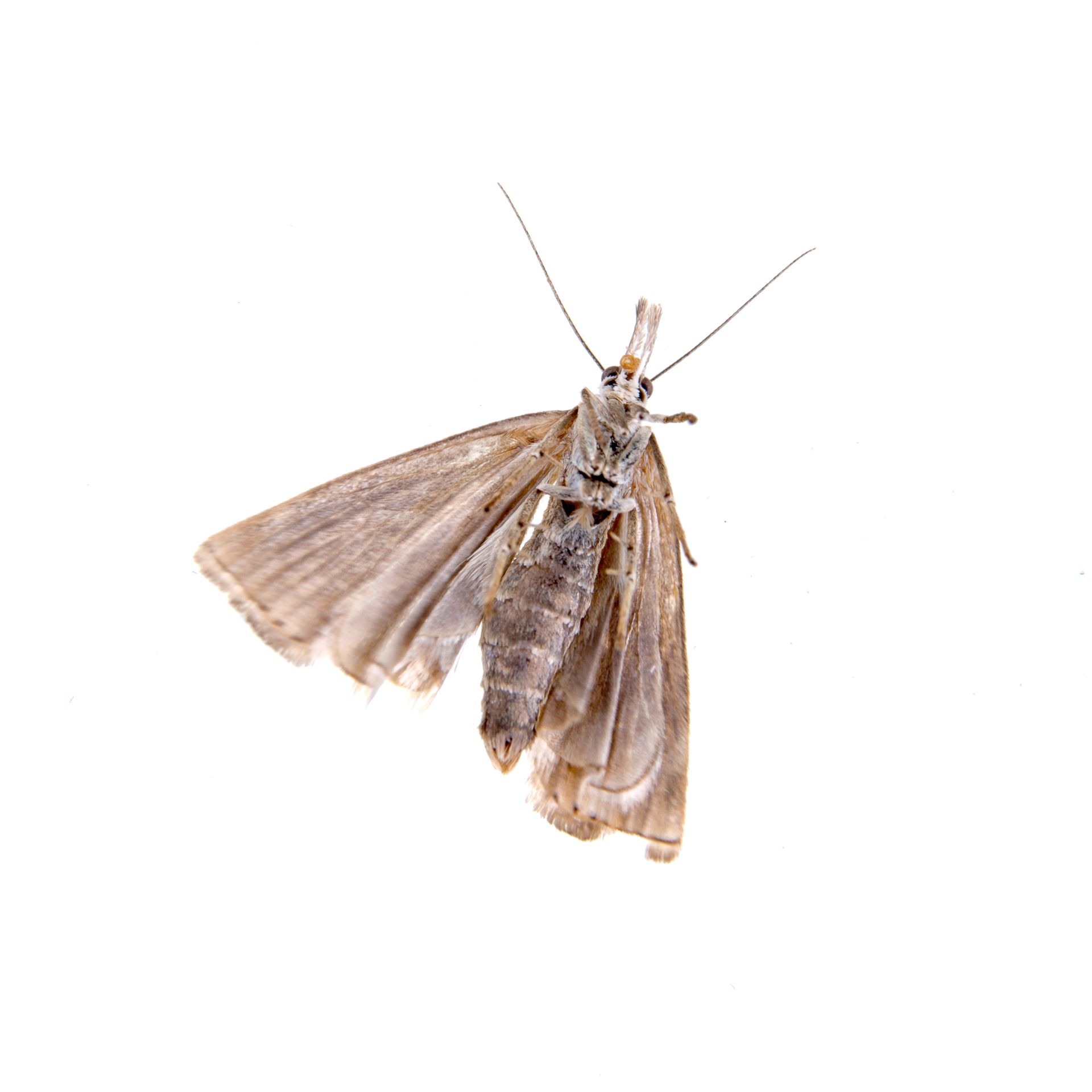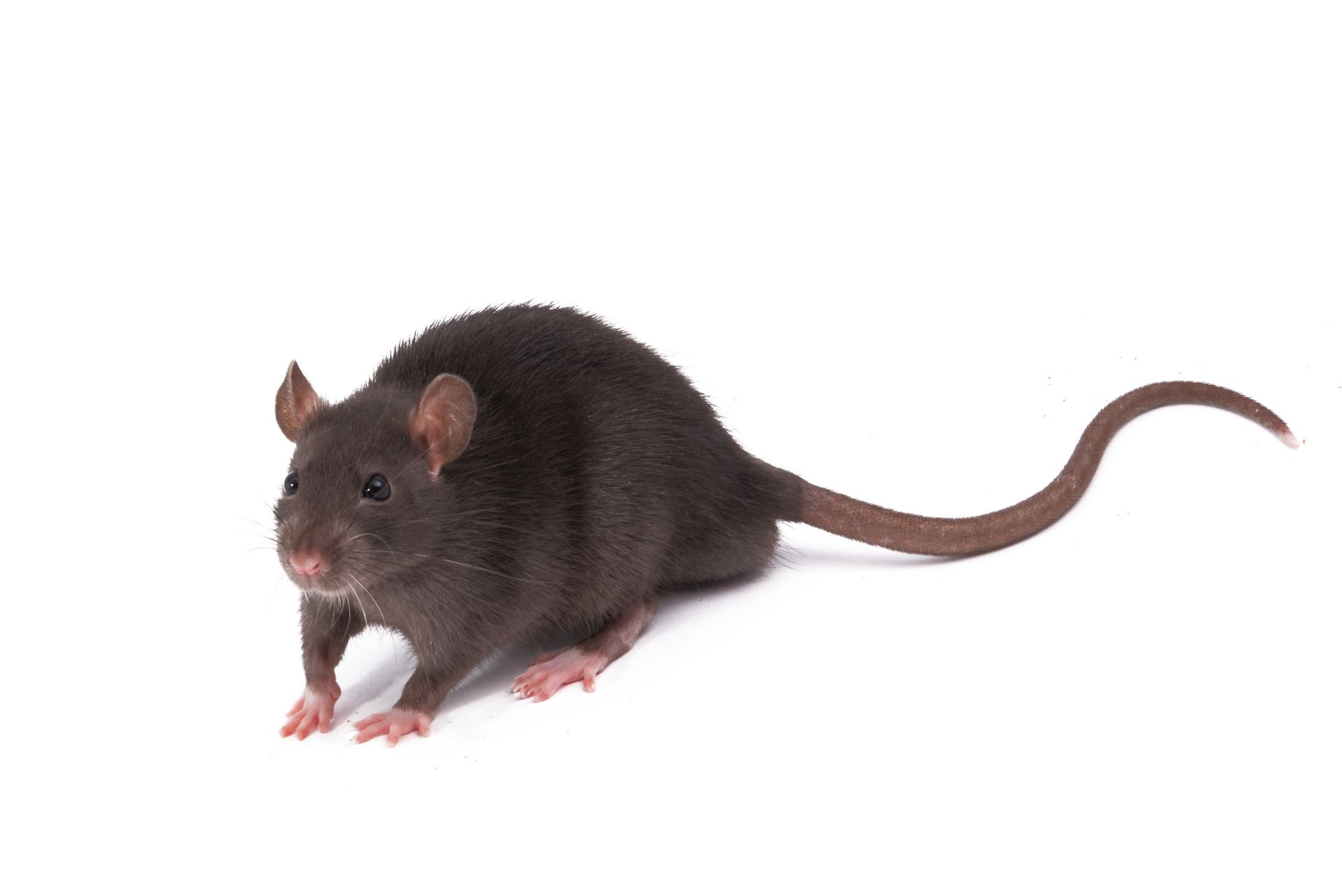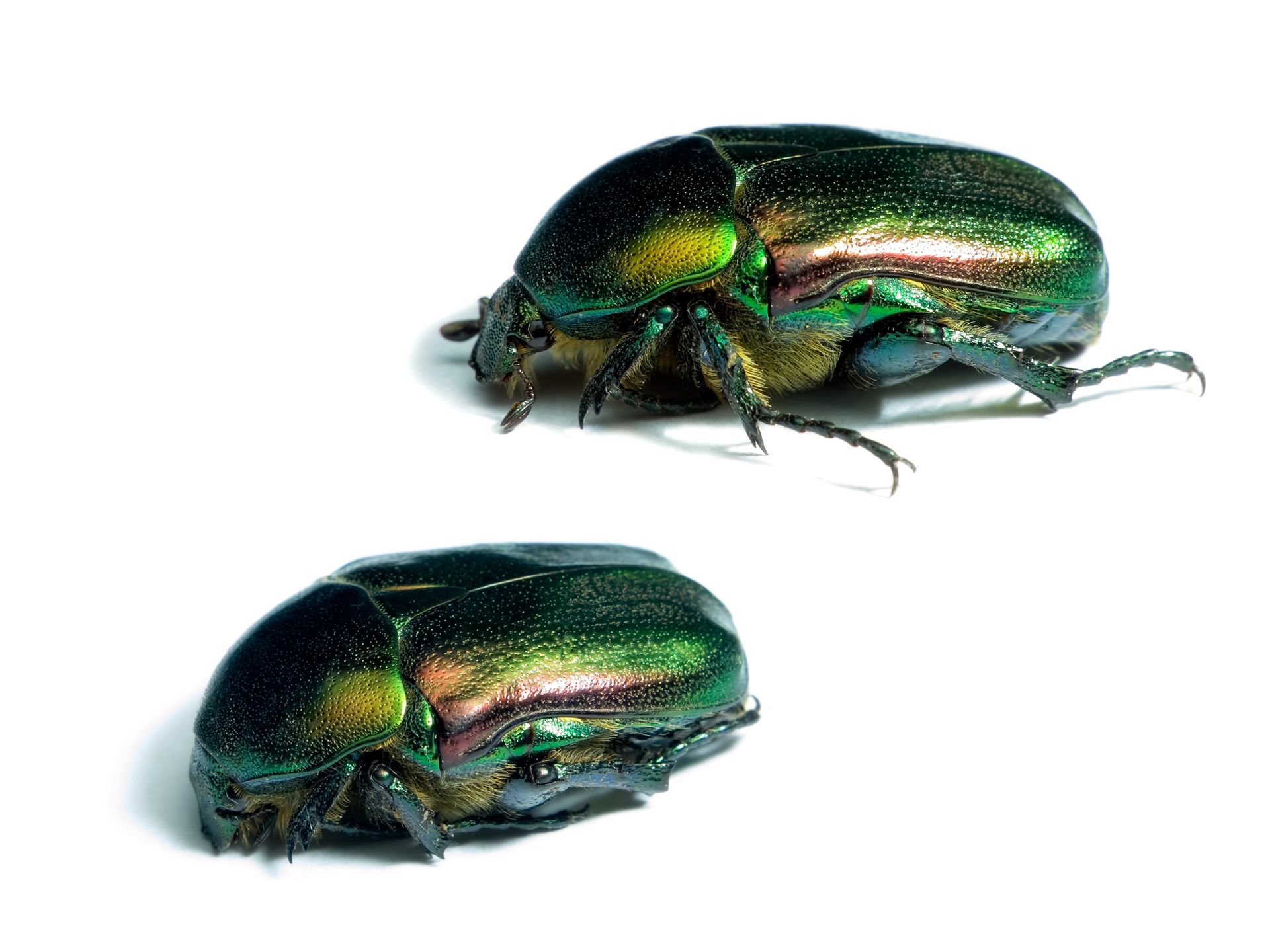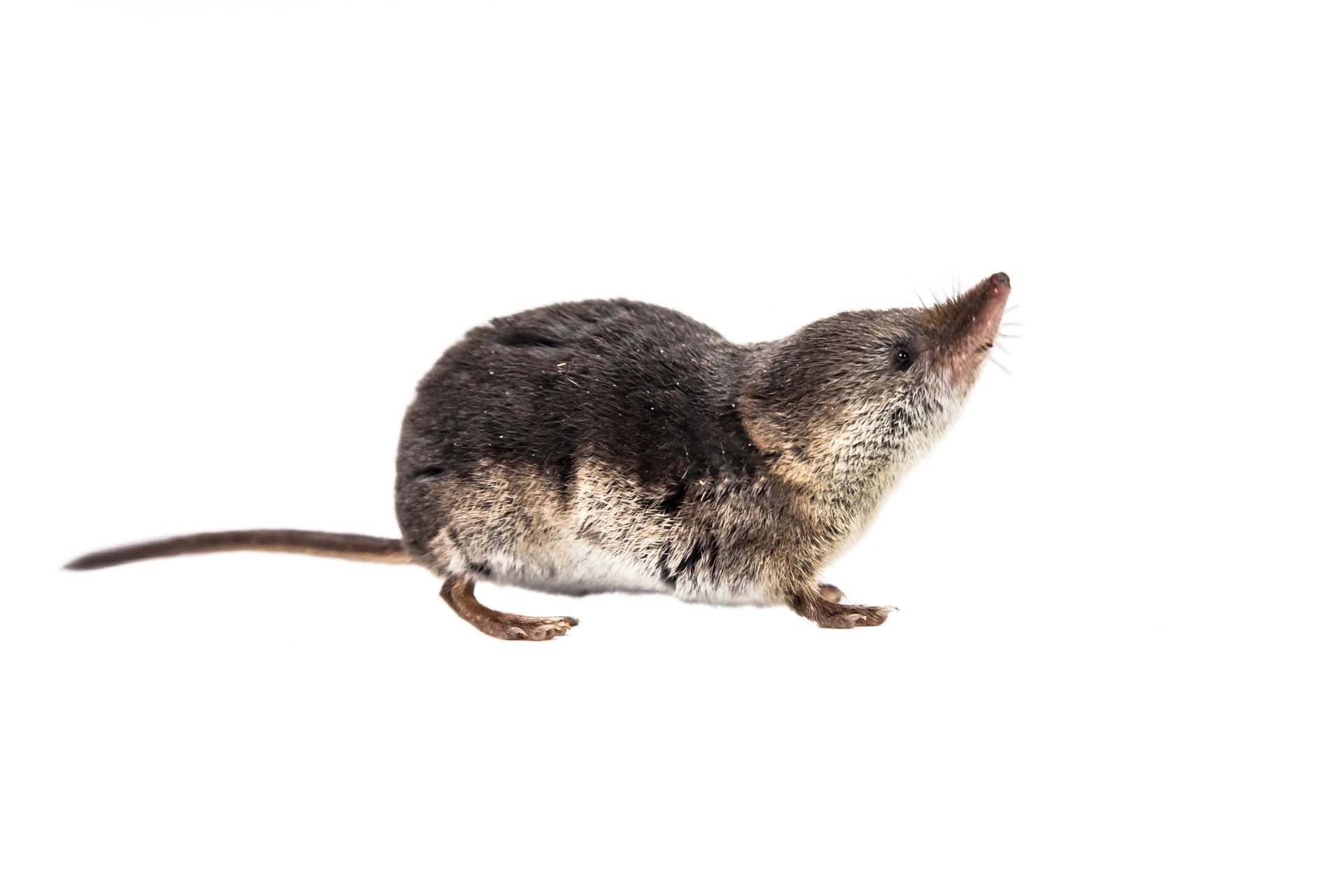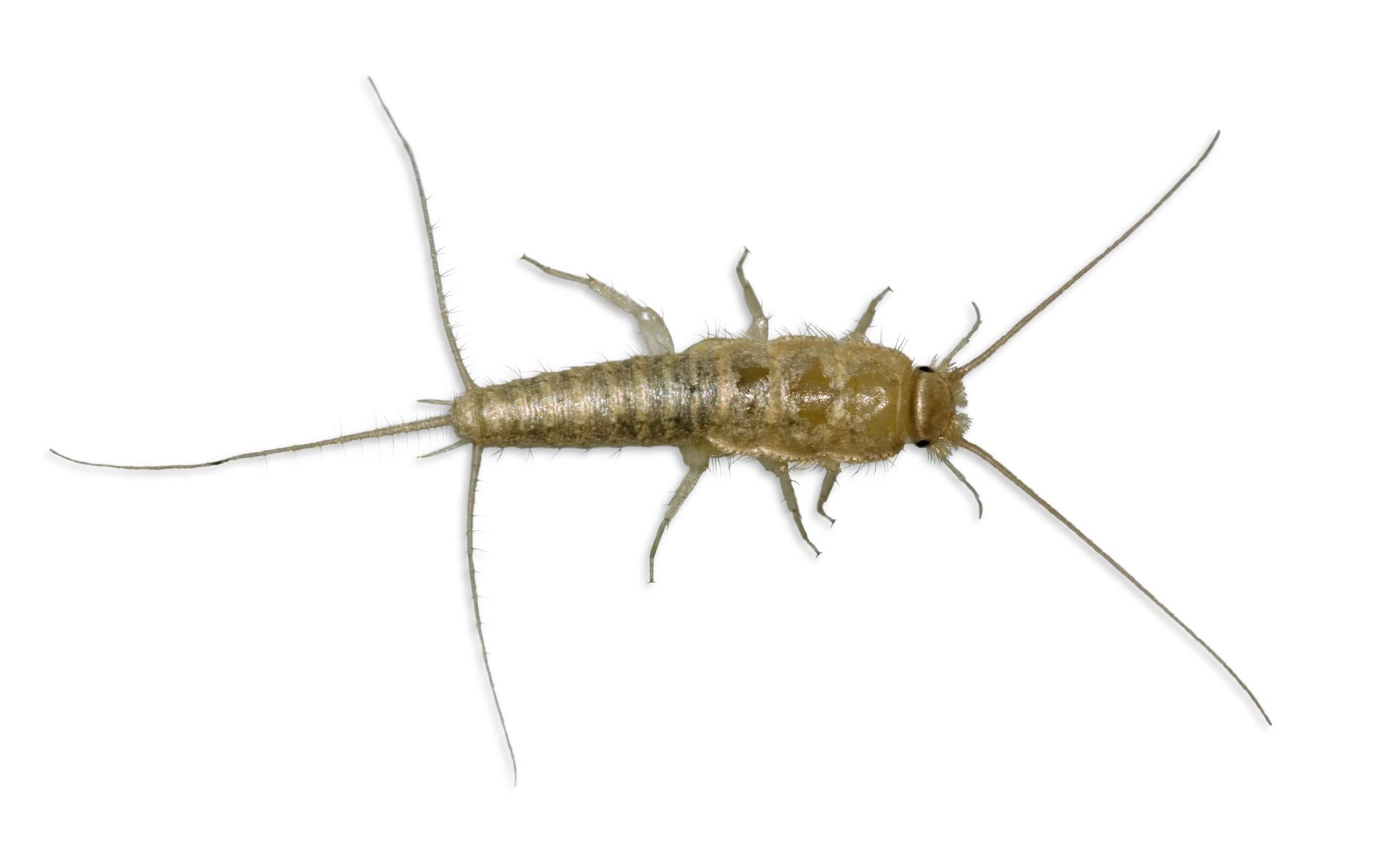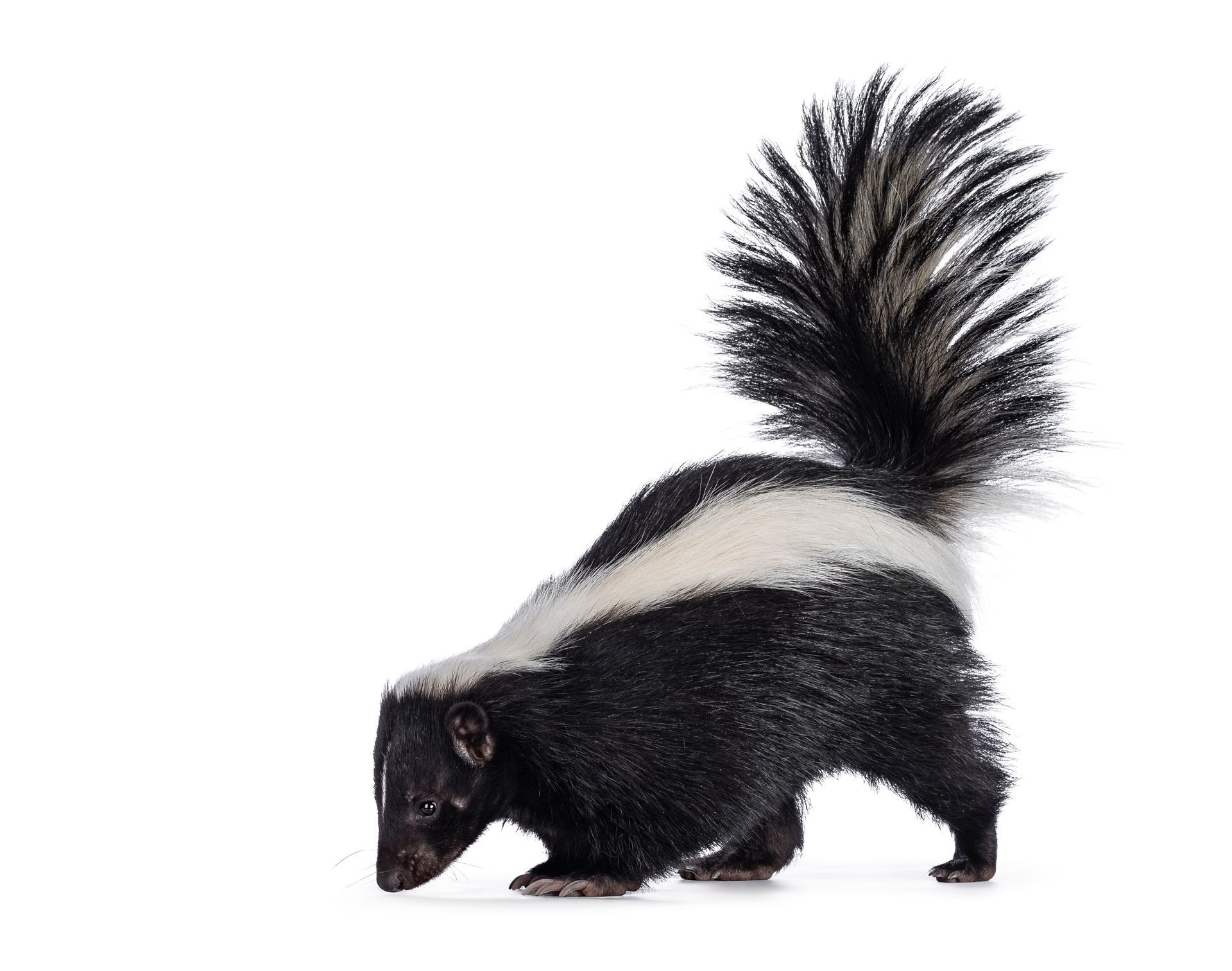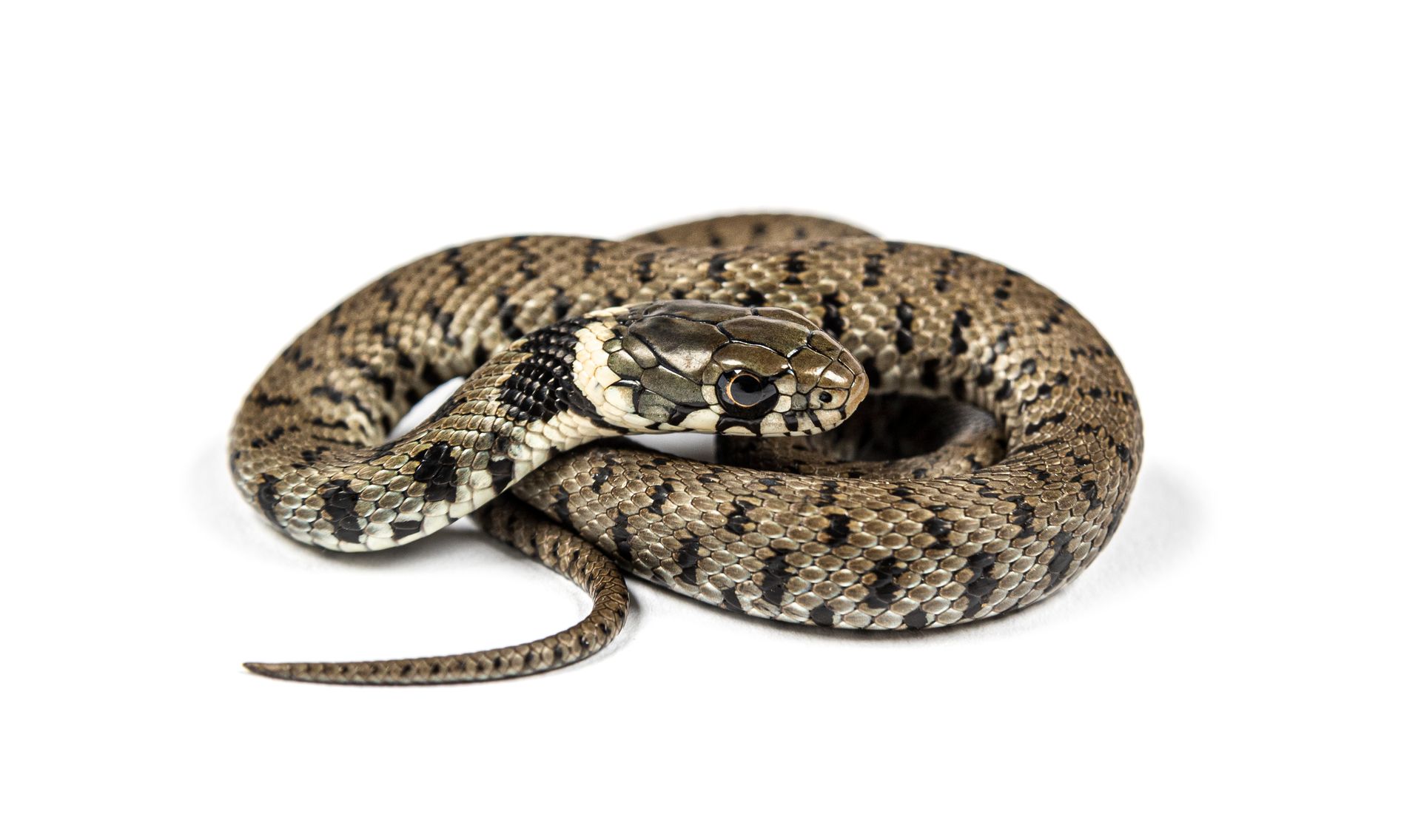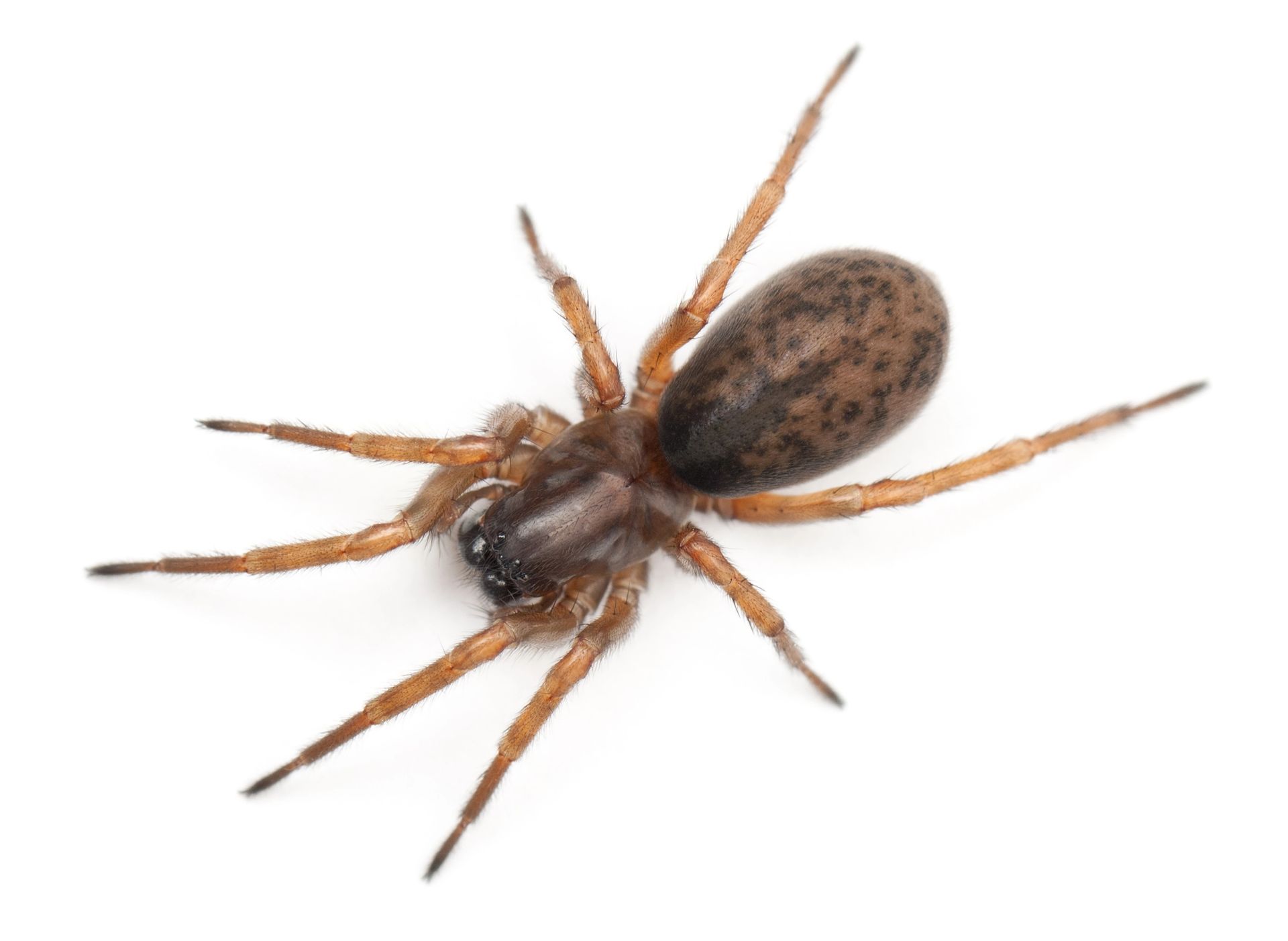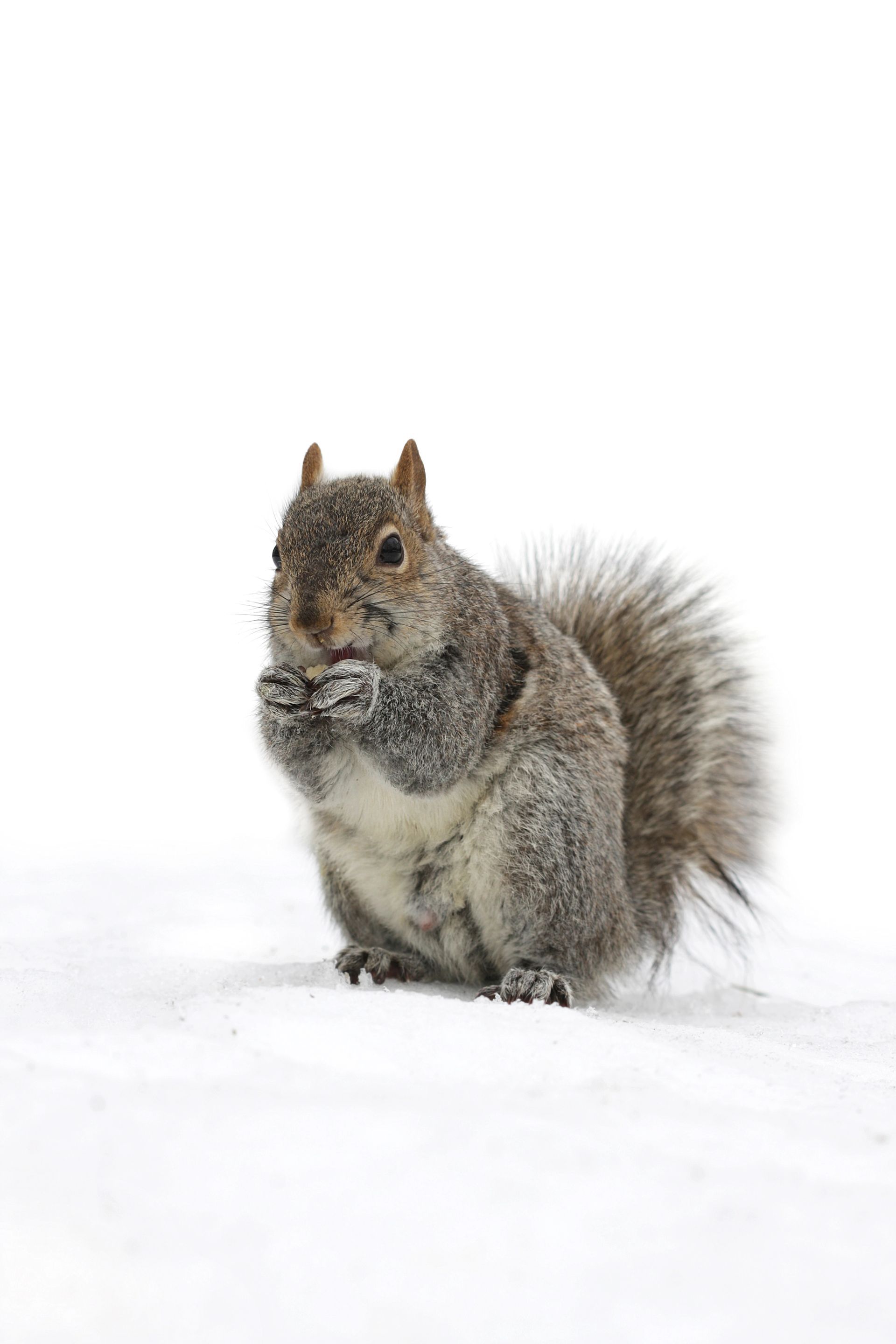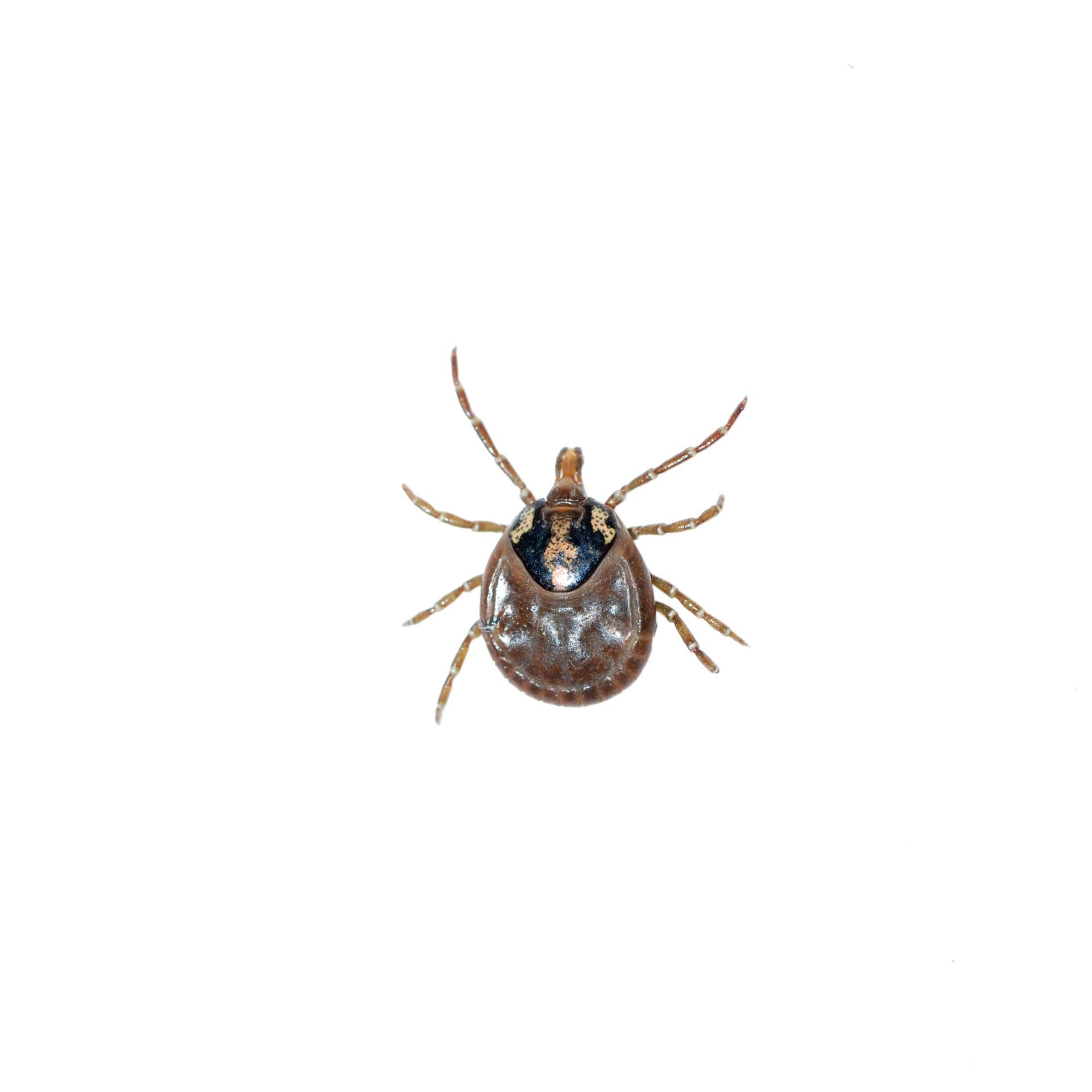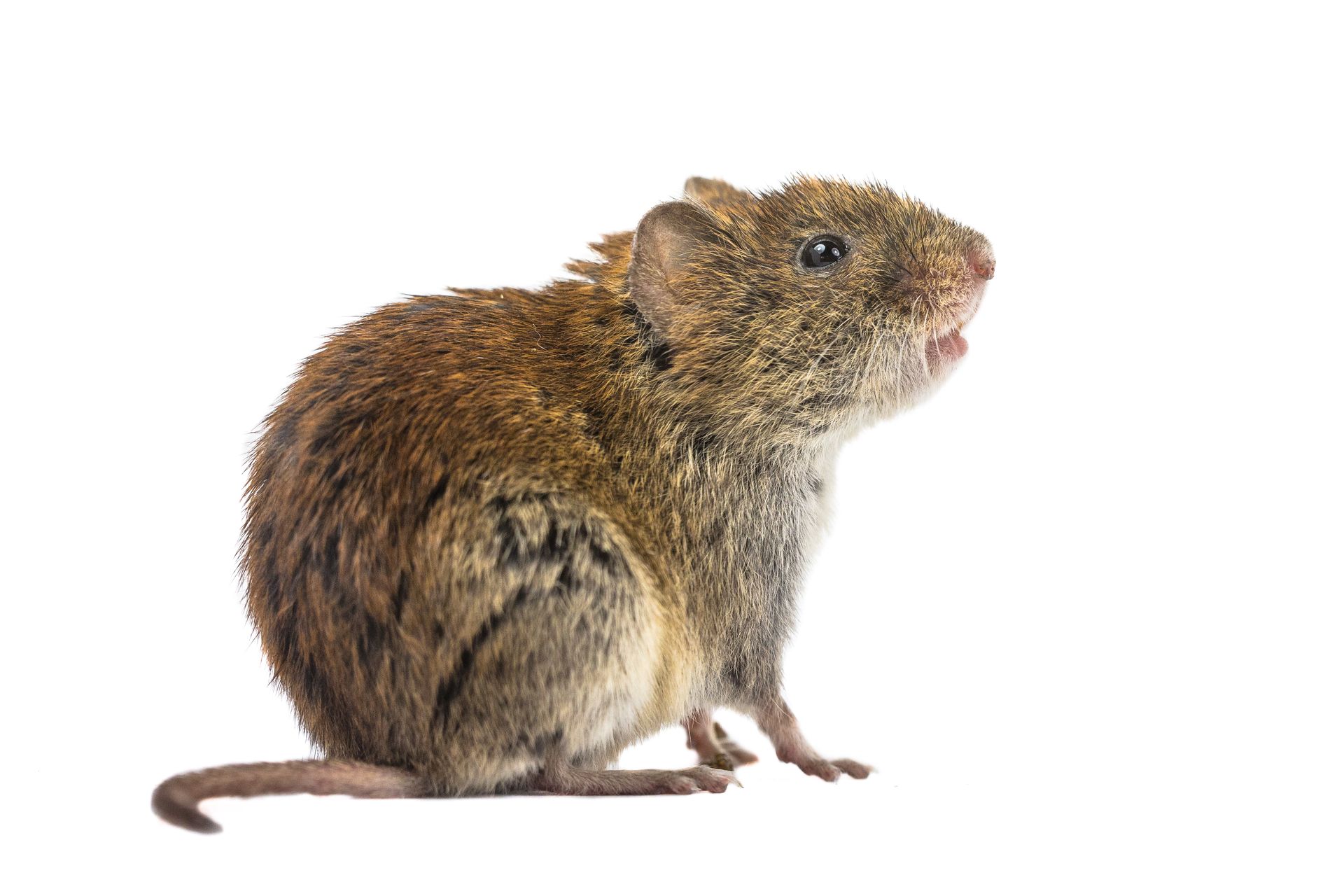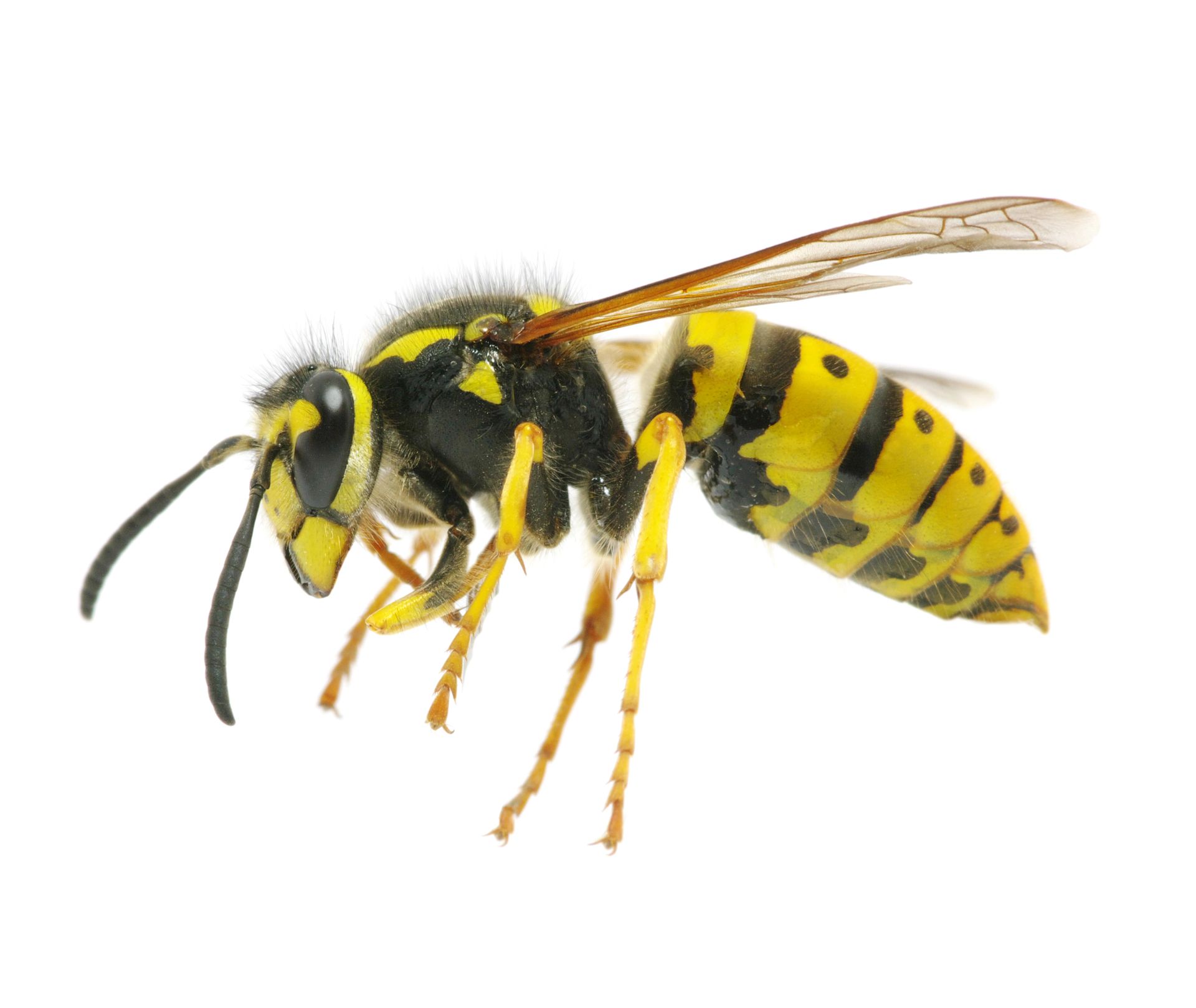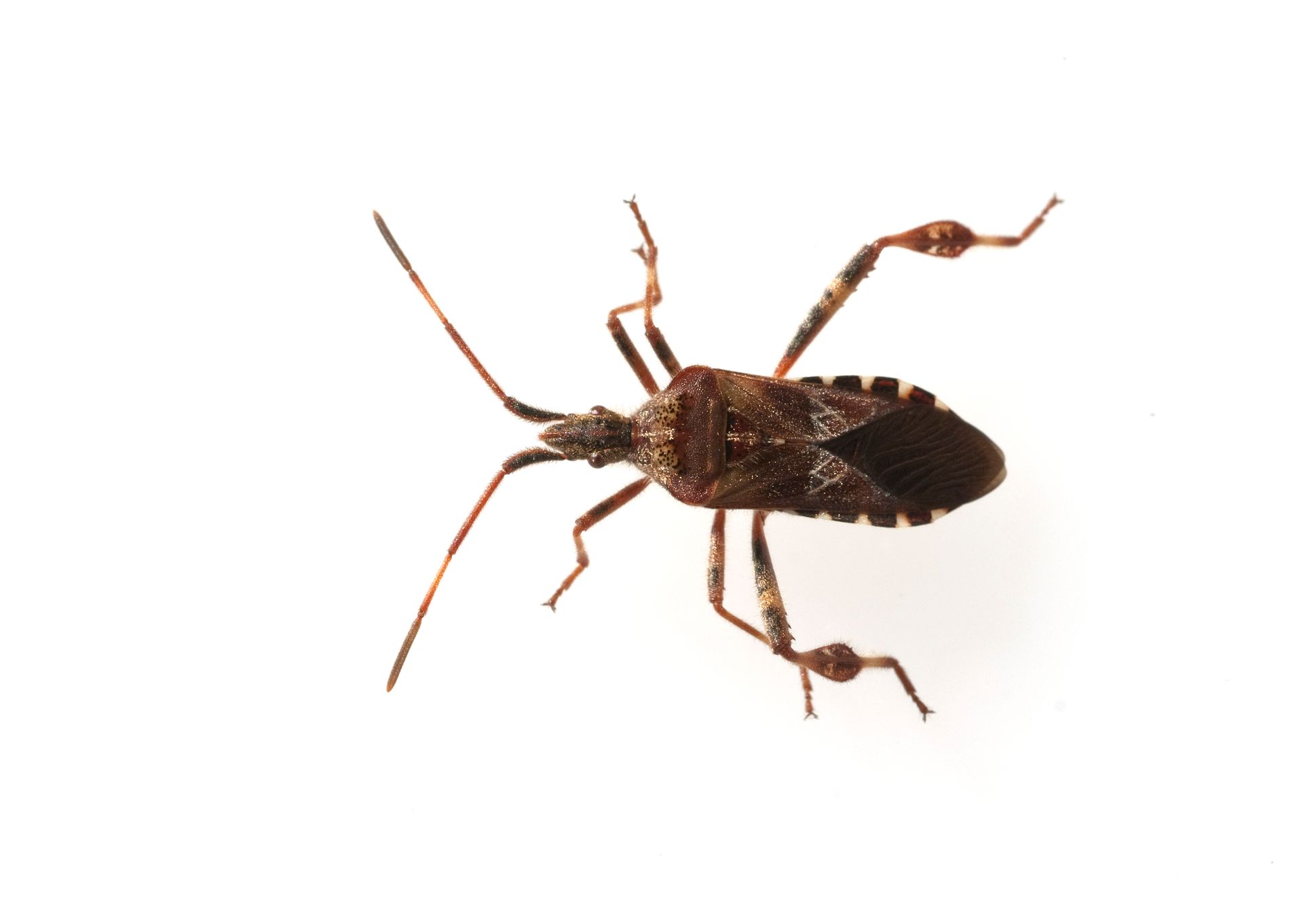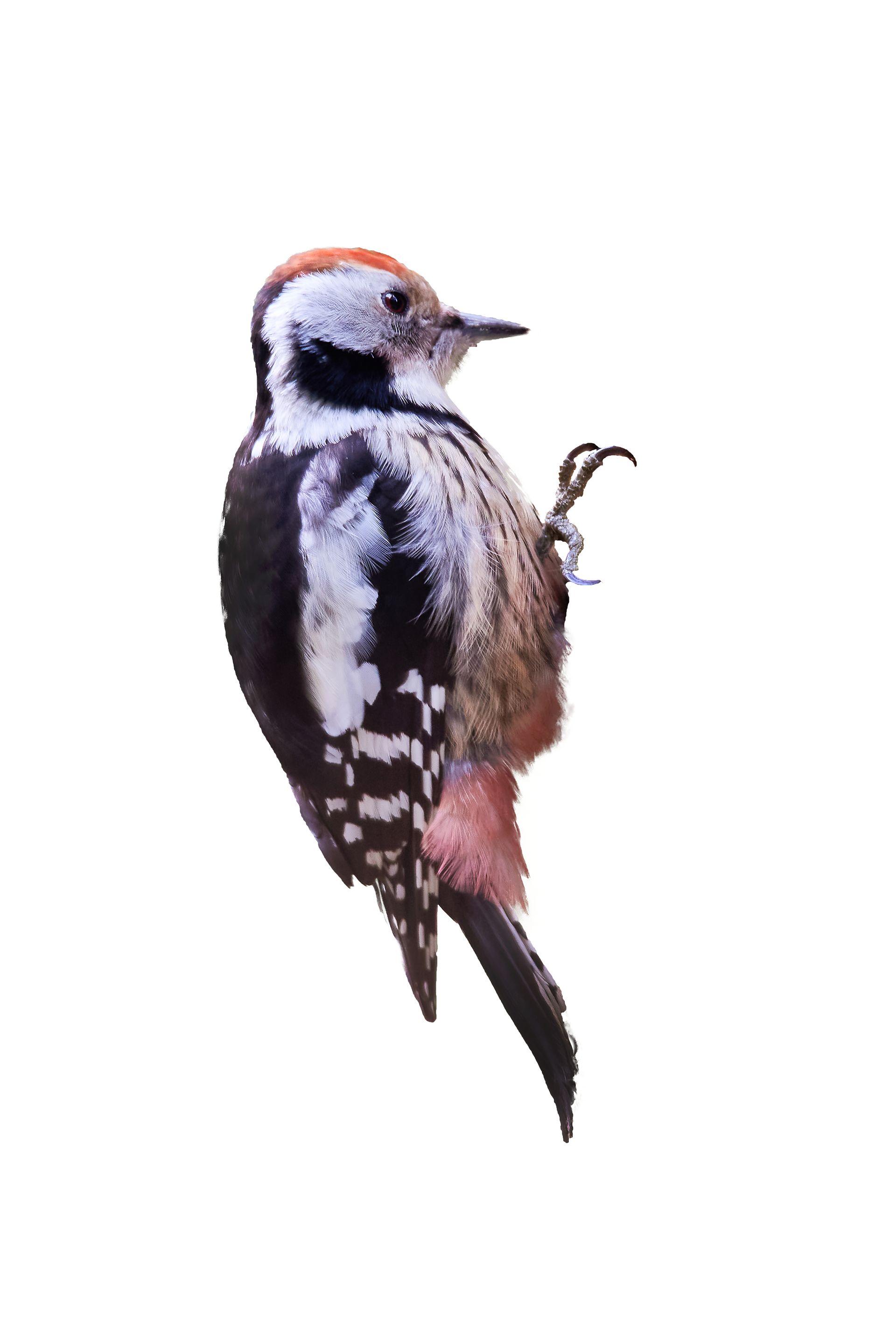Understanding Rats in Wisconsin
Rats are a significant pest problem in Wisconsin, known for their ability to cause substantial property damage and pose serious health risks. Understanding where rats are typically found, what attracts them to indoor environments, and why they are unsuitable for homes and buildings is crucial for effective management and prevention.
Characteristics and Habitats of Rats
The two most common species of rats found in Wisconsin are the Norway rat (Rattus norvegicus) and the roof rat (Rattus rattus).
Norway Rats: Also known as brown rats, they are larger, with a heavier build, typically found in burrows and lower levels of buildings.
Roof Rats: Also known as black rats, they are smaller and more agile, typically found in higher places like attics and rafters.
Rats are typically found in:
Outdoors:
Urban and Suburban Areas: Rats are commonly found in cities and suburbs, where they can access food, water, and shelter.
Sewers and Storm Drains: Norway rats are often found in sewers and storm drains.
Fields and Woodlands: Rural areas with dense vegetation or near water sources can also harbor rats.
Indoors:
Basements and Crawl Spaces: Norway rats prefer basements and crawl spaces where they can burrow and find food.
Attics and Roofs: Roof rats are more likely to be found in attics, roofs, and upper levels of buildings.
Kitchens and Pantries: Both species are attracted to food sources found in kitchens and pantries.
Walls and Ceilings: Rats can nest within wall voids and ceilings, creating hidden infestations.
Attractions in Homes and Buildings
Rats are attracted to homes and buildings for several reasons:
Food Sources: Rats are omnivorous and will eat almost anything, including pet food, garbage, and pantry items. Unsecured food sources are major attractants.
Shelter: Homes provide warmth and protection from predators and harsh weather, making them ideal nesting sites for rats.
Water Sources: Rats need a constant supply of water, so they are attracted to areas with leaks, standing water, or high humidity.
Why Rats Are Not Suitable for Homes and Buildings
The presence of rats in homes and buildings is highly undesirable for several reasons:
Health Risks:
Disease Transmission: Rats can carry and spread diseases such as leptospirosis, hantavirus, salmonella, and rat-bite fever through their droppings, urine, and saliva.
Parasites: Rats often carry fleas, ticks, and mites, which can infest homes and transmit additional diseases.
Property Damage:
Gnawing: Rats constantly gnaw to keep their teeth sharp, leading to damage to electrical wiring, insulation, furniture, and structural components of buildings. This gnawing can create fire hazards and costly repairs.
Contamination: Rats contaminate food supplies and surfaces with their droppings, urine, and fur, rendering them unsafe for consumption and use.
Rapid Reproduction:
Infestation Growth: Rats reproduce quickly, with females capable of producing several litters per year. This rapid reproduction can lead to severe infestations if not promptly addressed.
Prevention and Control
To prevent and control rat infestations in homes and buildings, consider the following strategies:
Seal Entry Points:
Caulk Cracks and Gaps: Inspect and seal any cracks and gaps around windows, doors, and foundations to prevent rats from entering.
Install Door Sweeps: Use door sweeps on exterior doors to close gaps that rats could use to enter.
Maintain Cleanliness:
Proper Food Storage: Store food in airtight containers and clean up spills and crumbs promptly to reduce food sources for rats.
Garbage Management: Use tightly sealed trash bins and dispose of garbage regularly.
Eliminate Moisture:
Fix Leaks: Repair any leaky faucets, pipes, and appliances to eliminate water sources.
Proper Ventilation: Ensure proper ventilation in areas prone to high humidity, such as basements and attics.
Use Traps and Baits:
Rat Traps: Set rat traps in areas where rat activity is suspected, such as along walls and near food sources.
Bait Stations: Use bait stations with rodenticides to control rat populations, following all safety guidelines.
Professional Pest Control:
Inspection and Treatment: For severe infestations, contact a professional pest control service like BugBoss The X-Terminator for comprehensive rat management. Professionals can identify nesting sites and apply targeted treatments.
Ongoing Prevention: Regular follow-up treatments and inspections help ensure that rats do not return.
Understanding the habits and risks associated with rats in Wisconsin is crucial for keeping your home or building free from these pests. If you suspect a rat problem, taking swift action can prevent further issues and ensure a healthy living environment. Trust BugBoss The X-Terminator to provide expert advice and effective rat control solutions tailored to your needs.
Local Pests & Wildlife in Wisconsin



